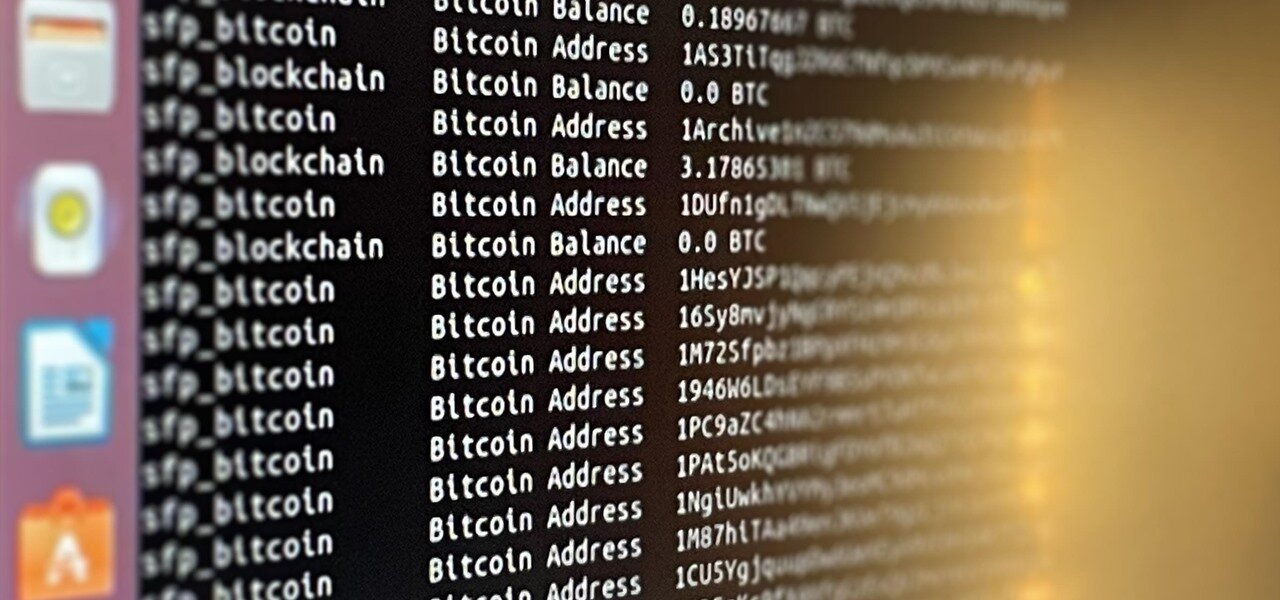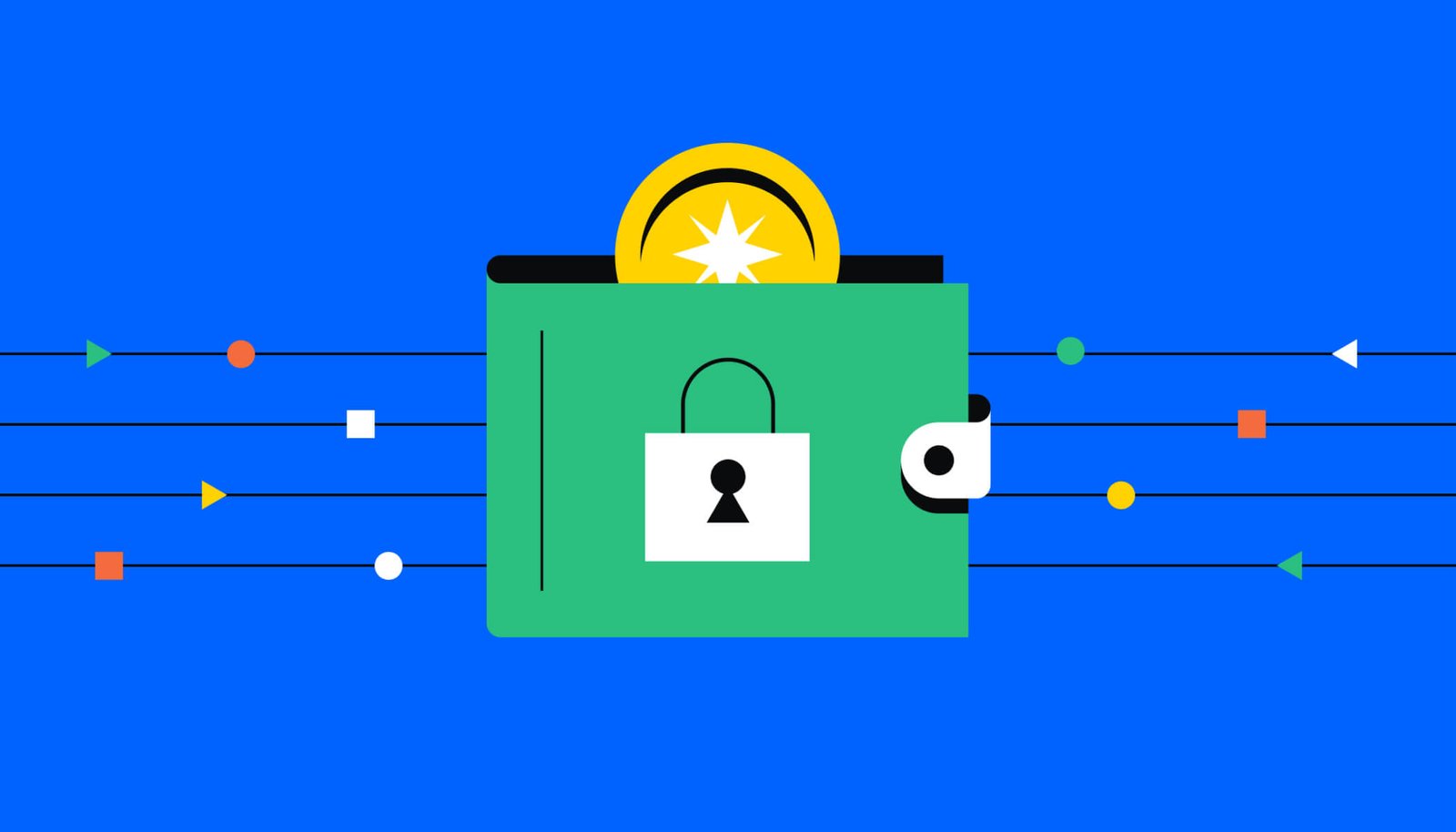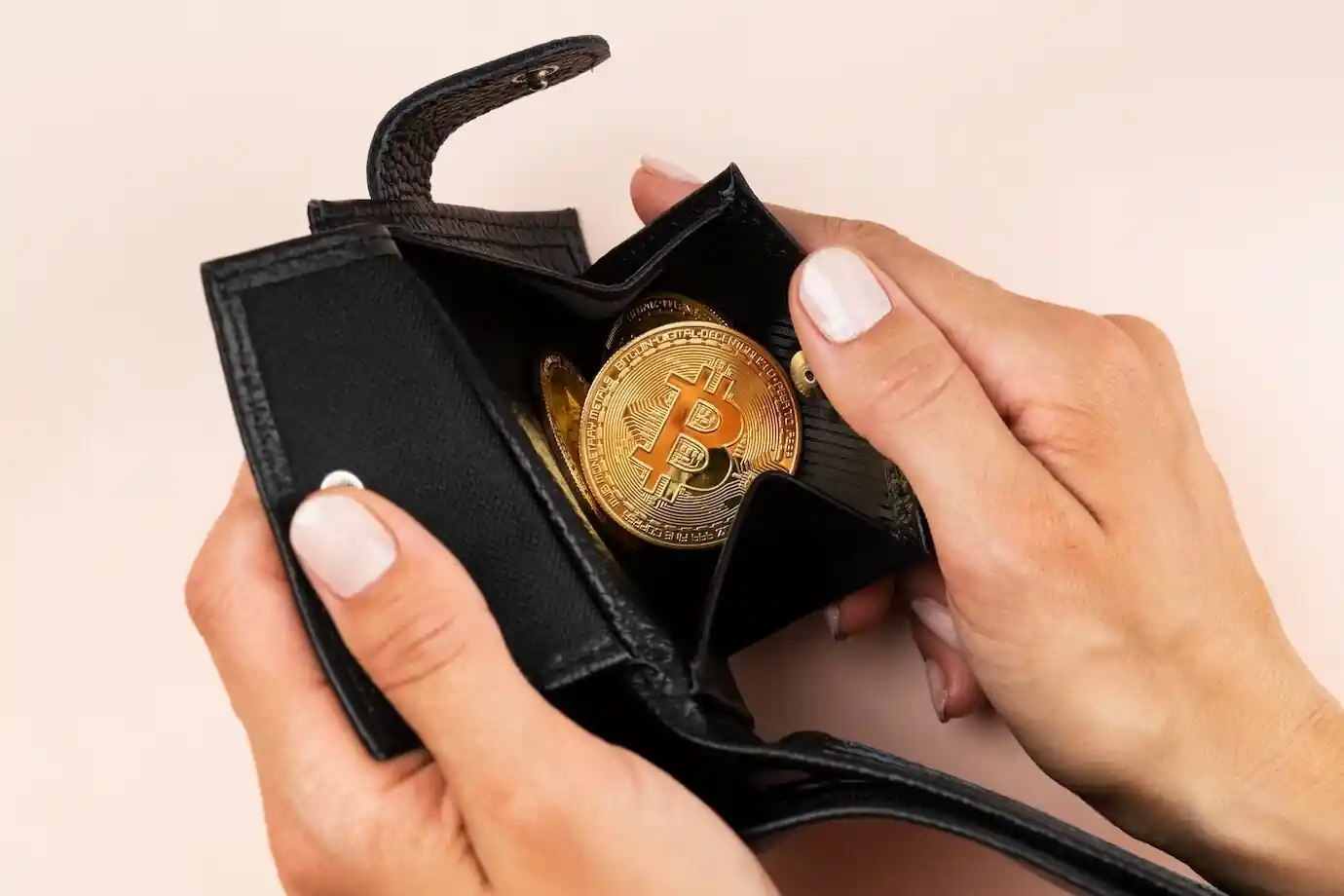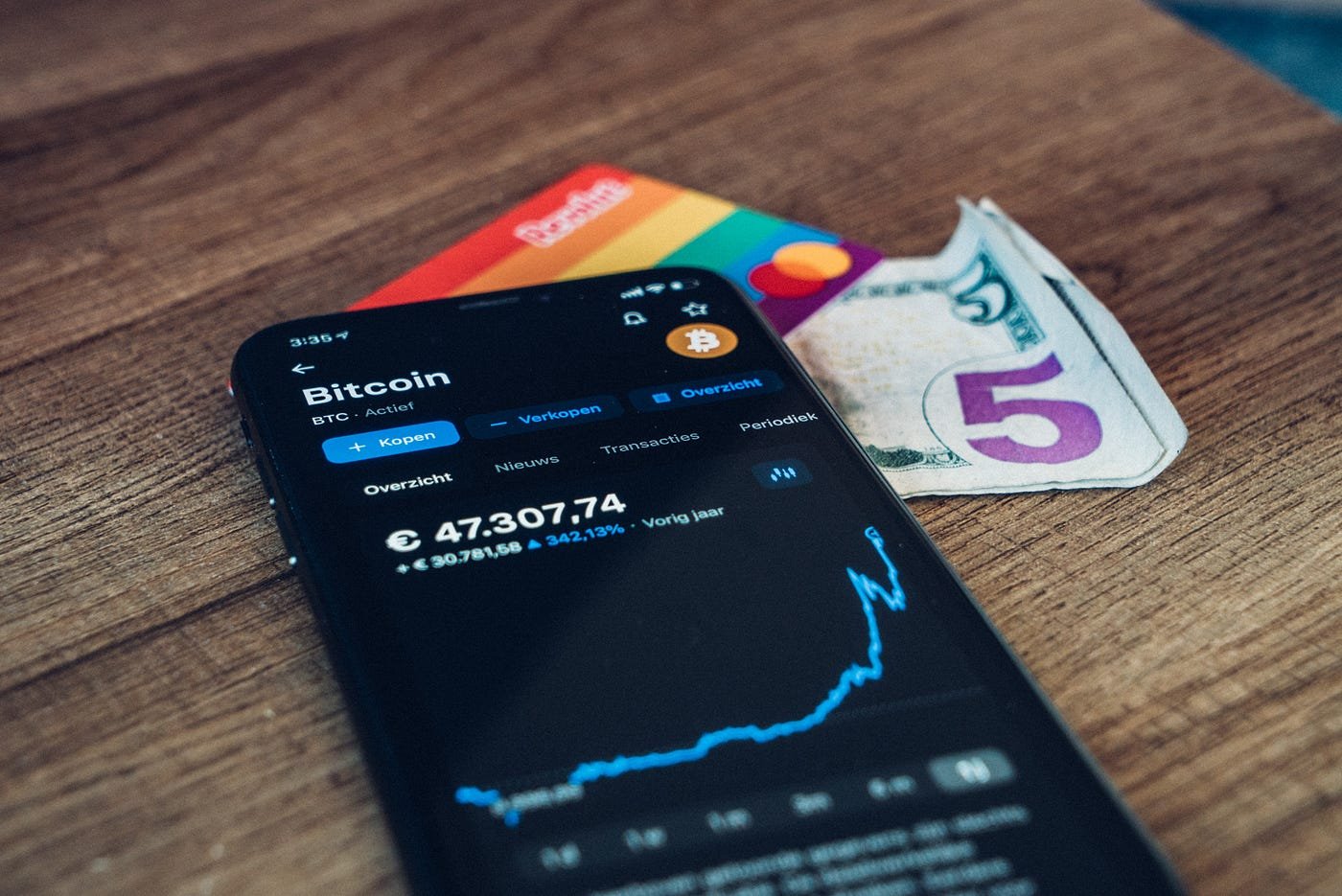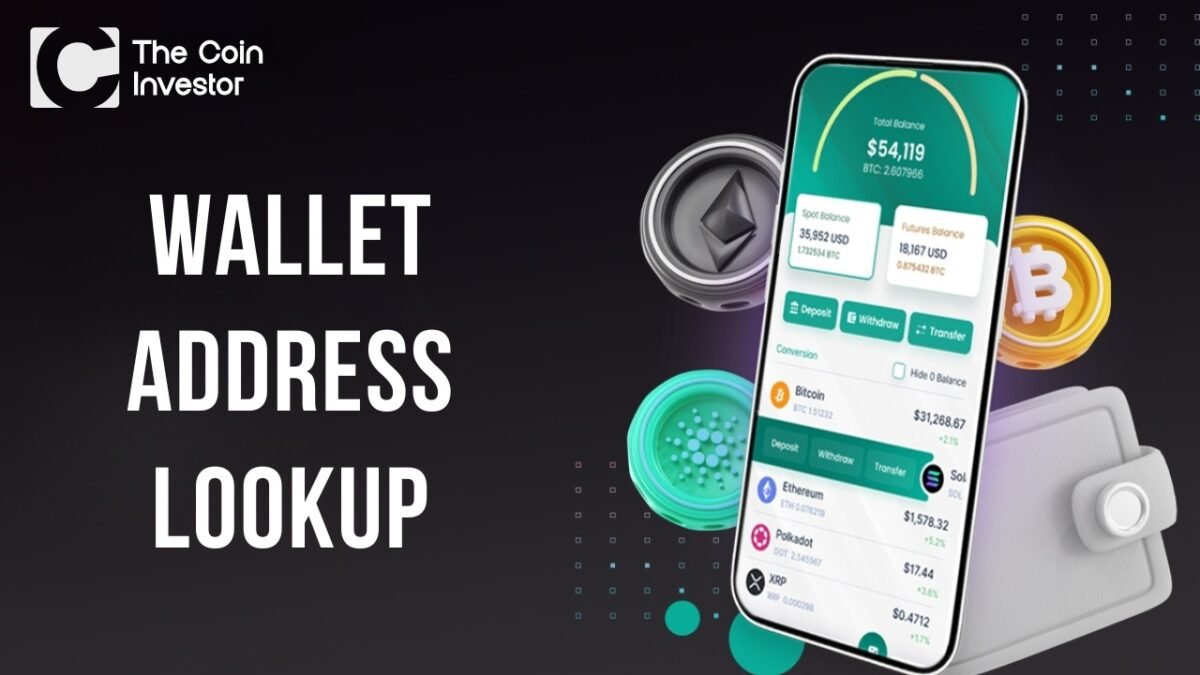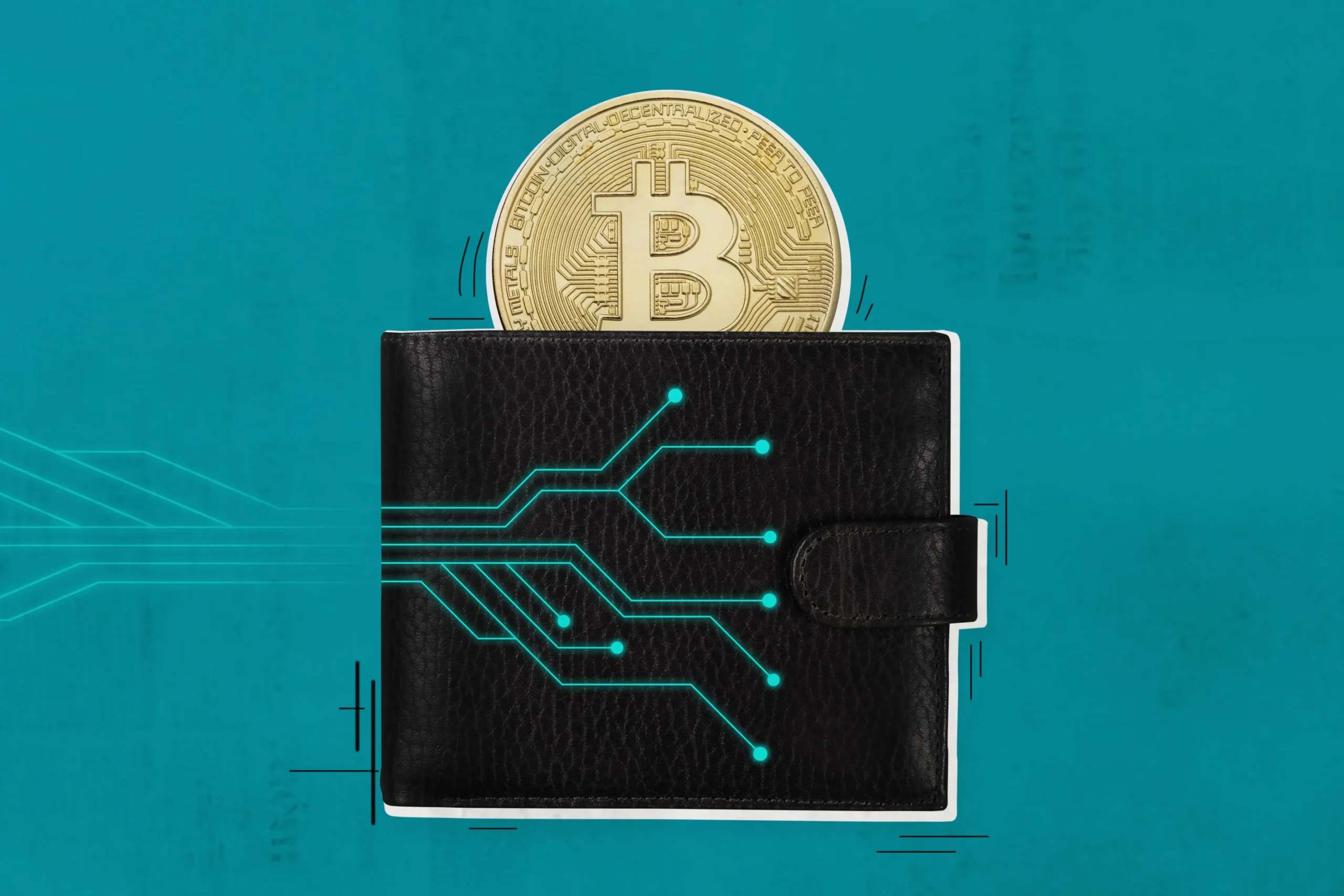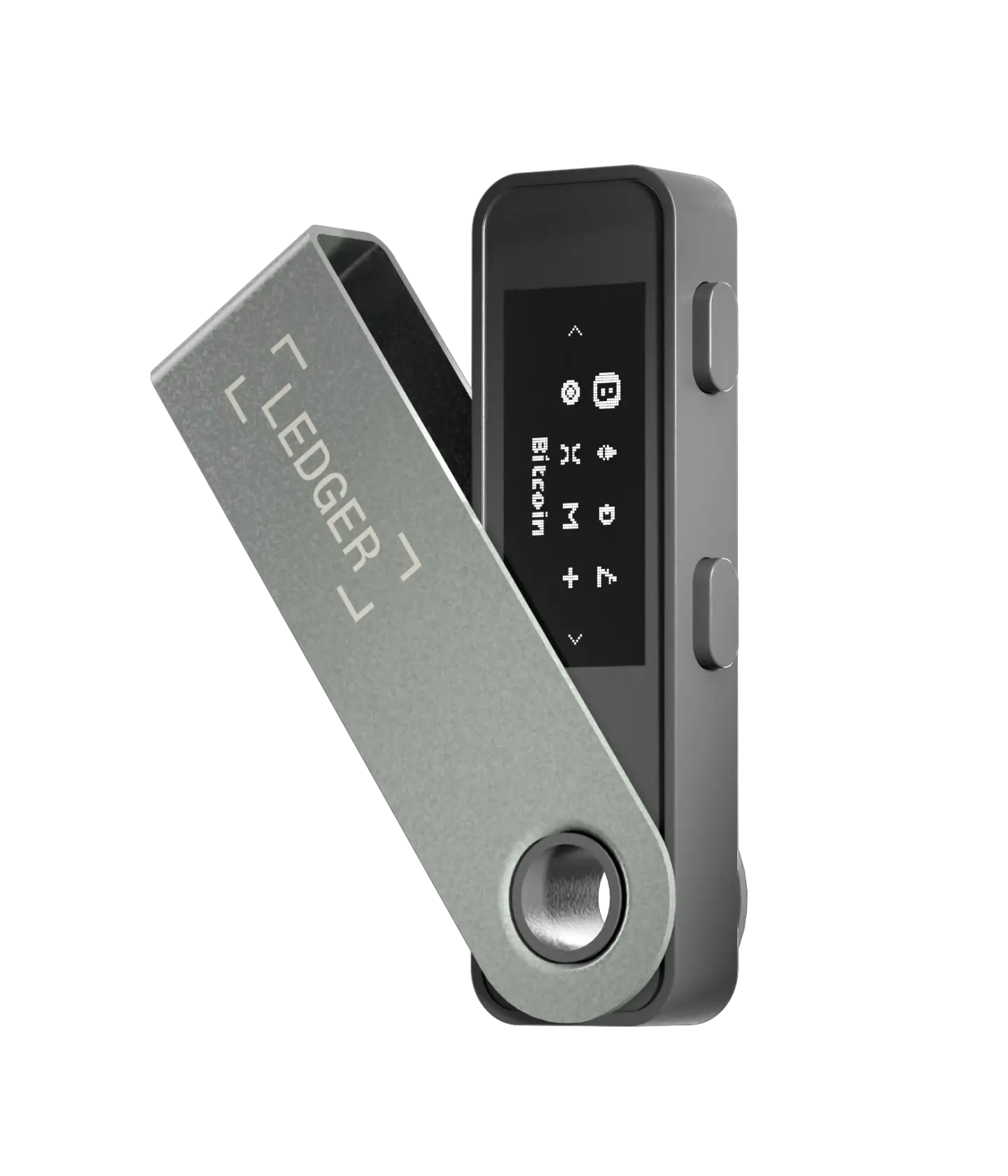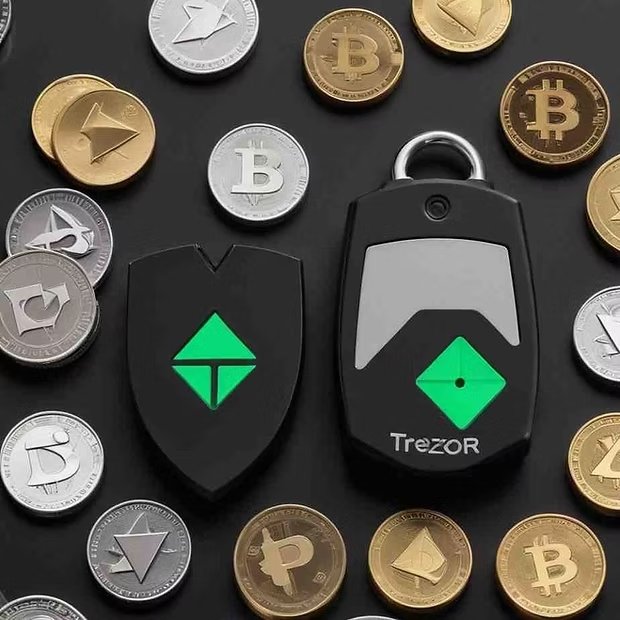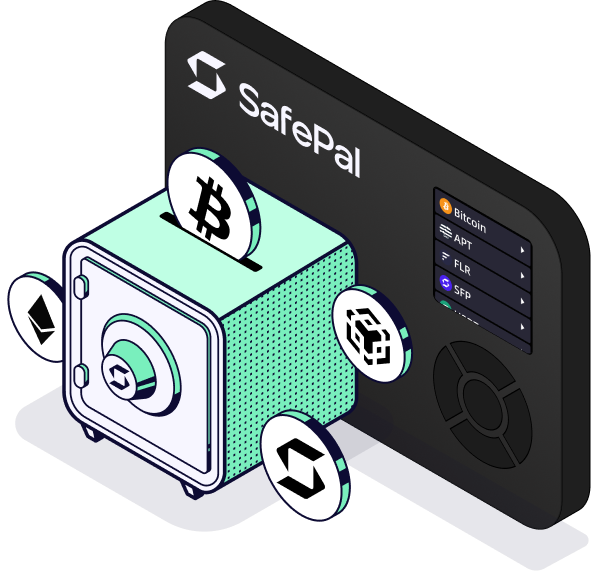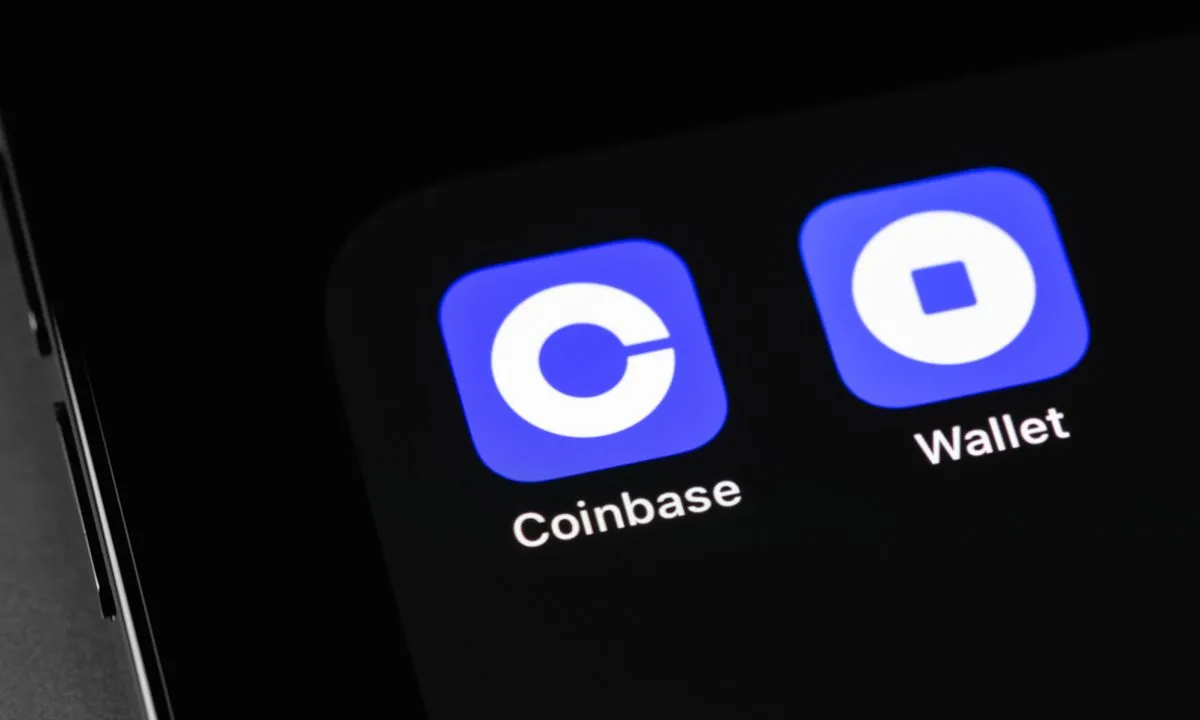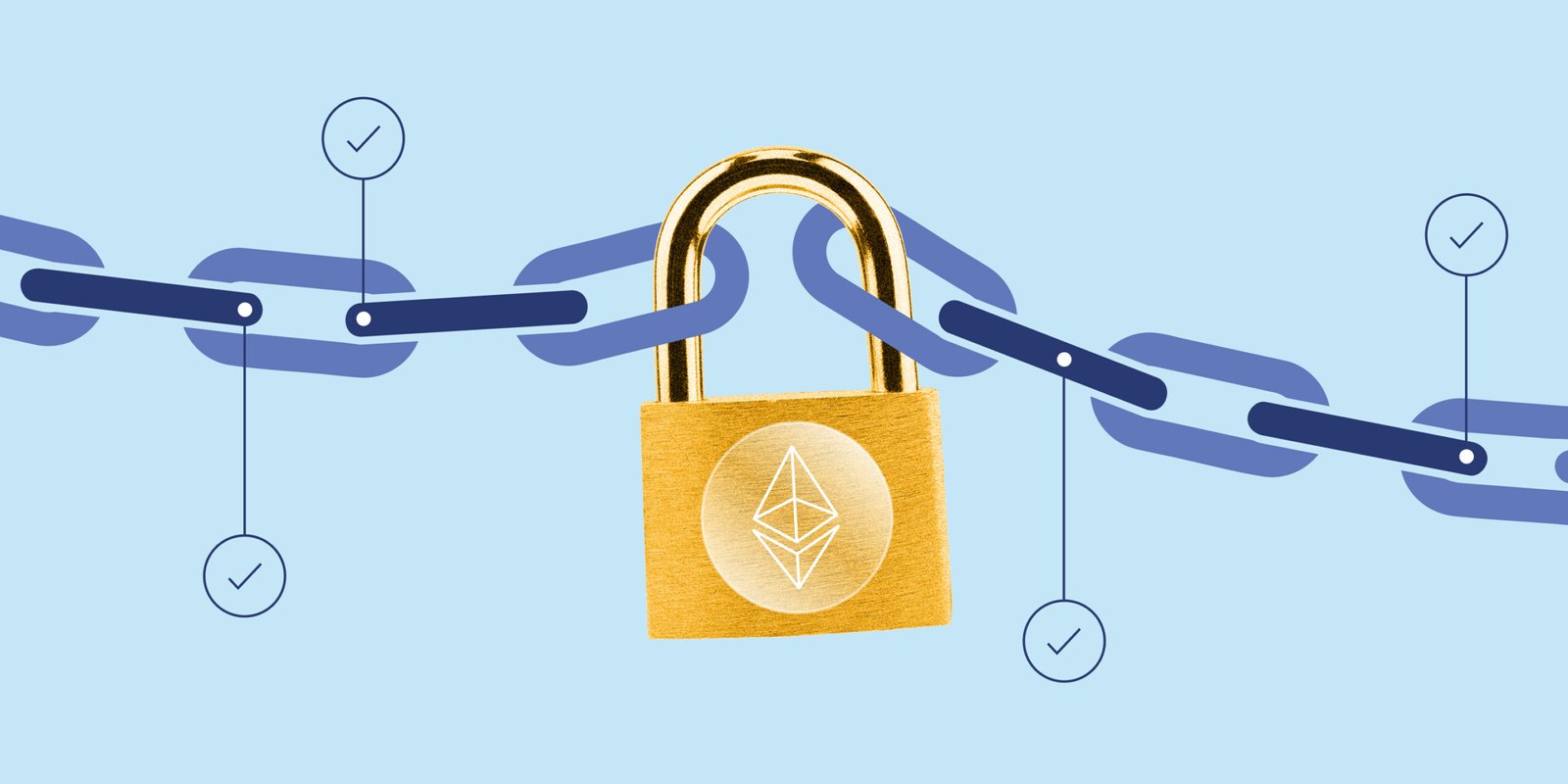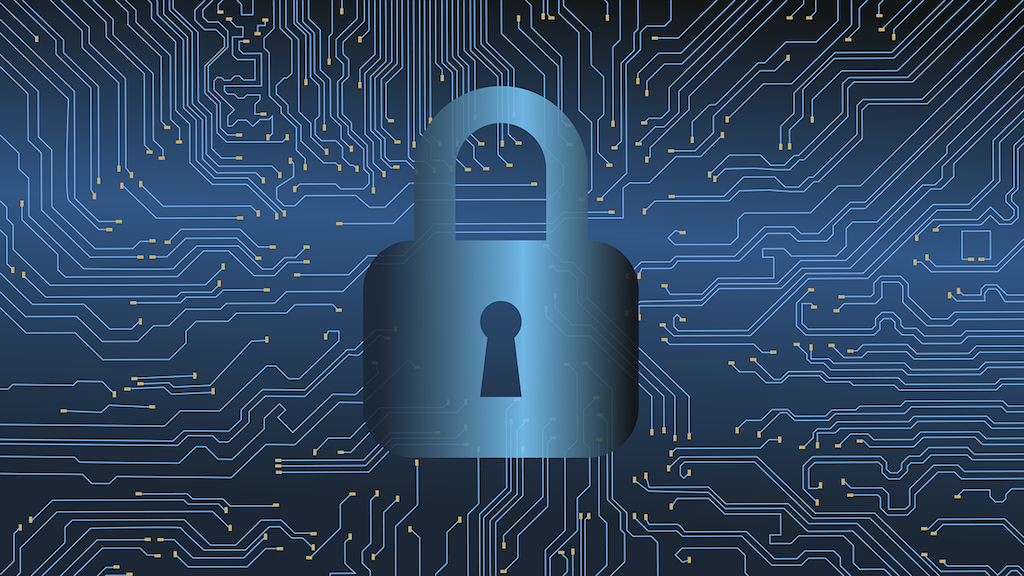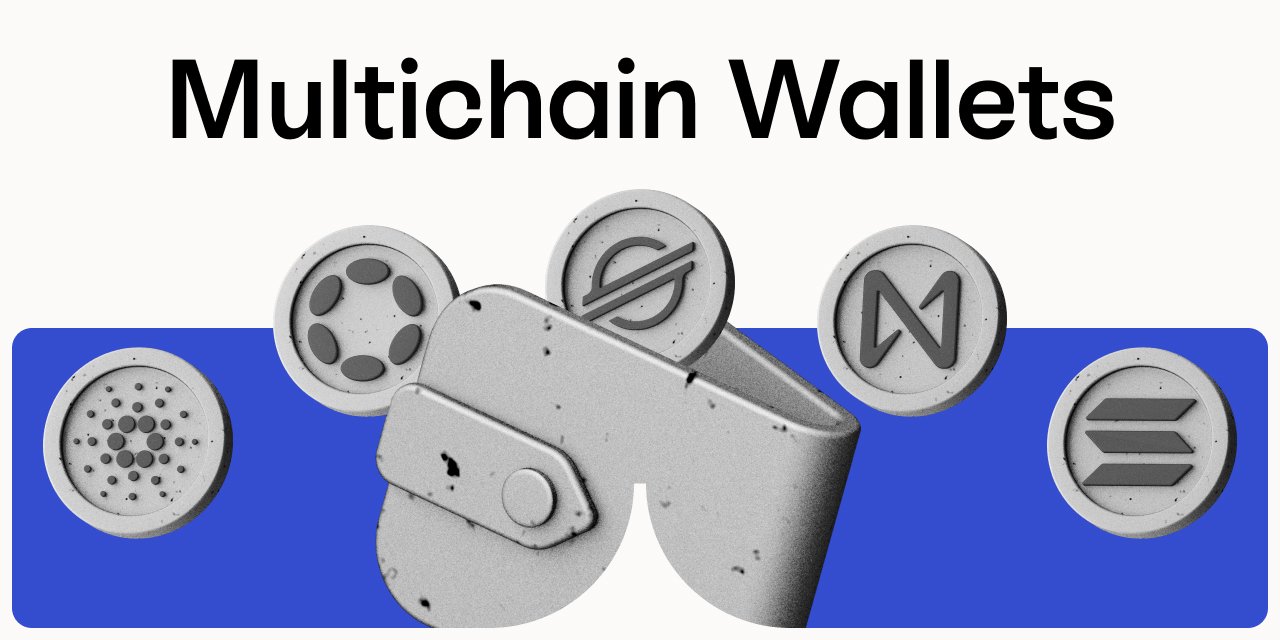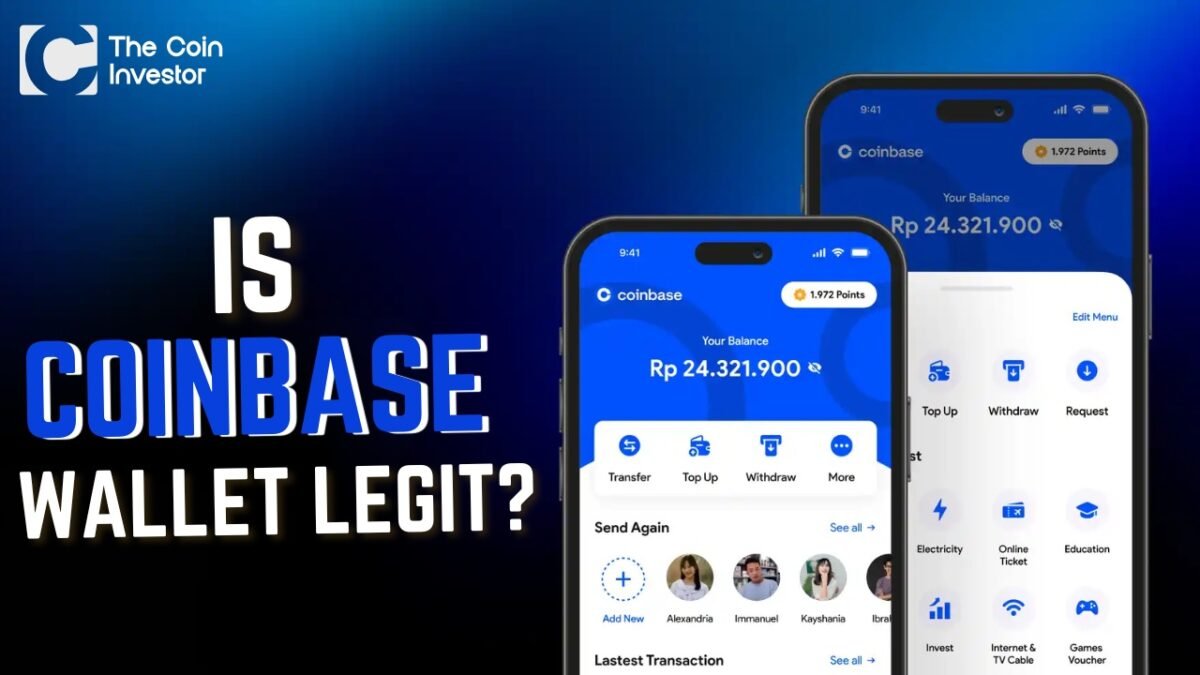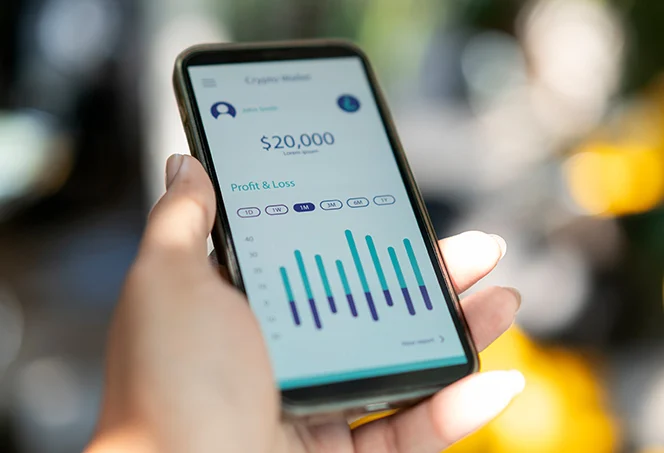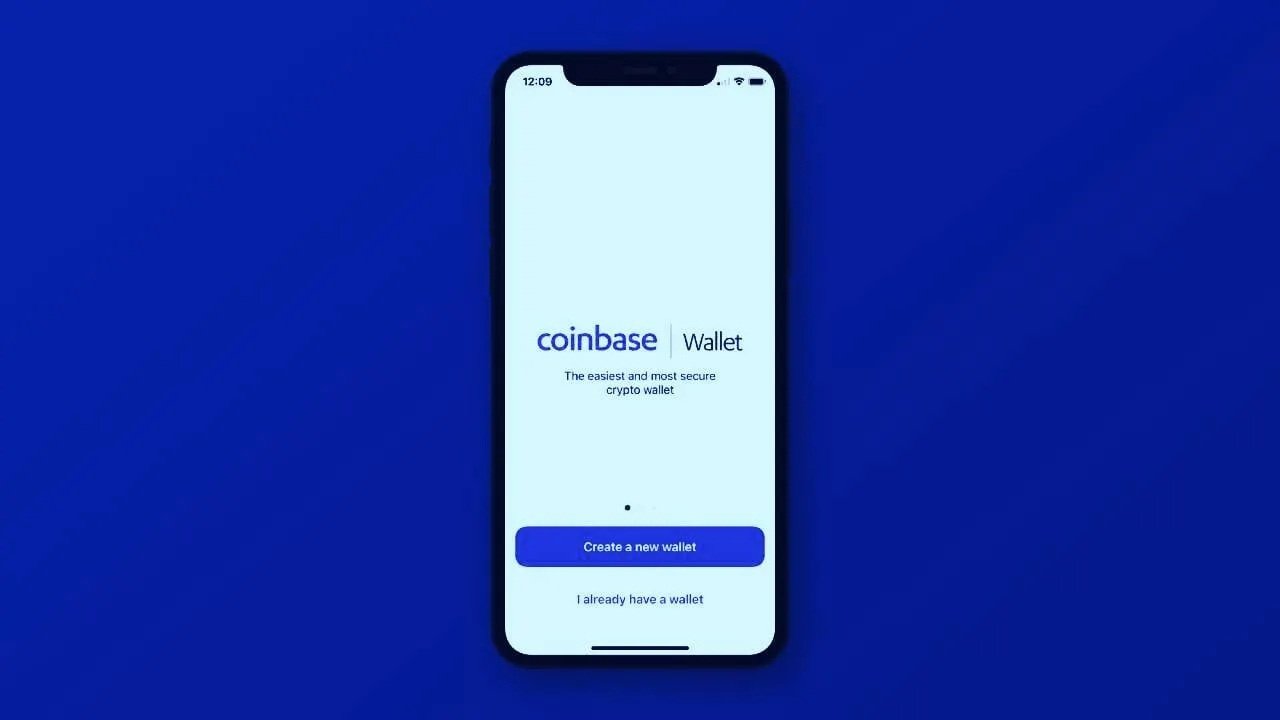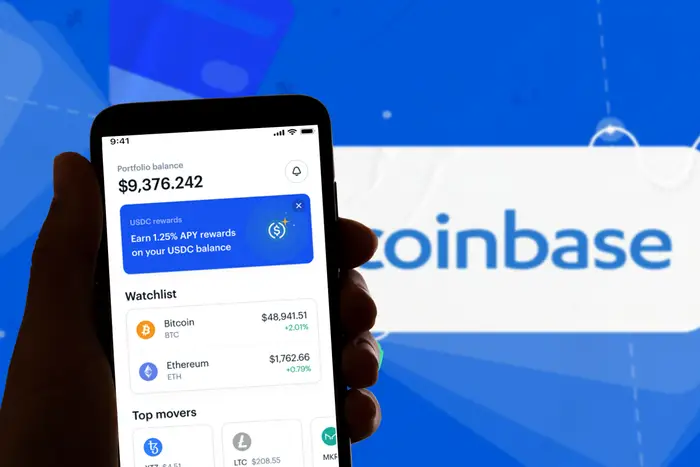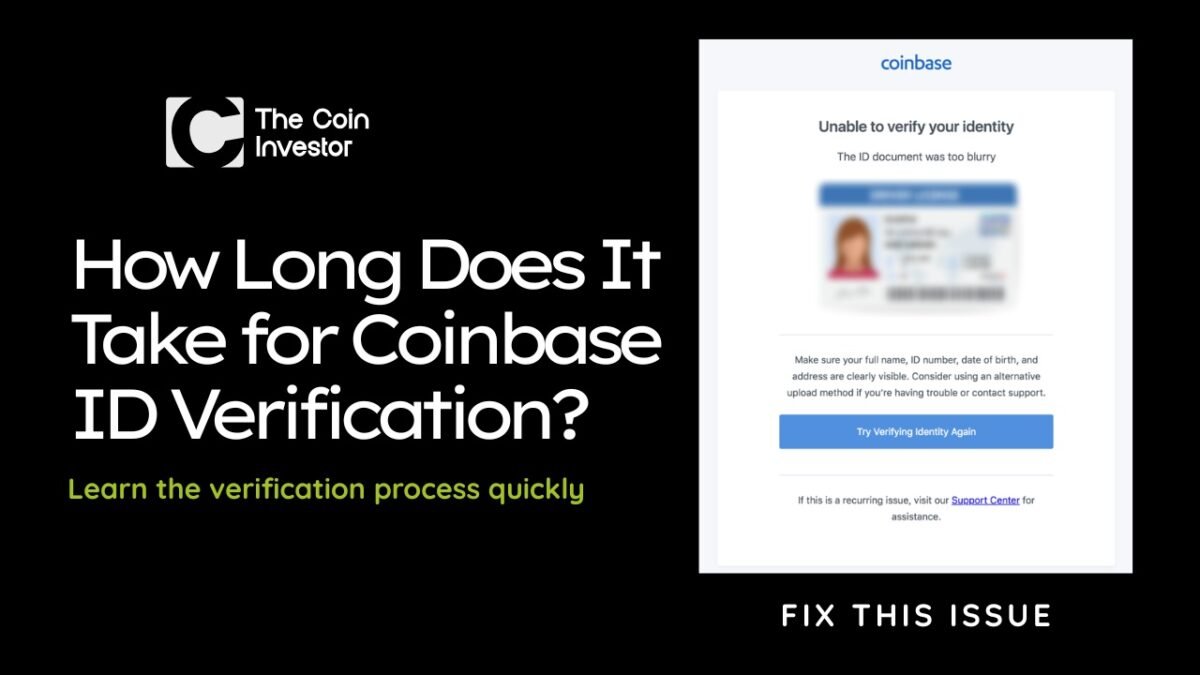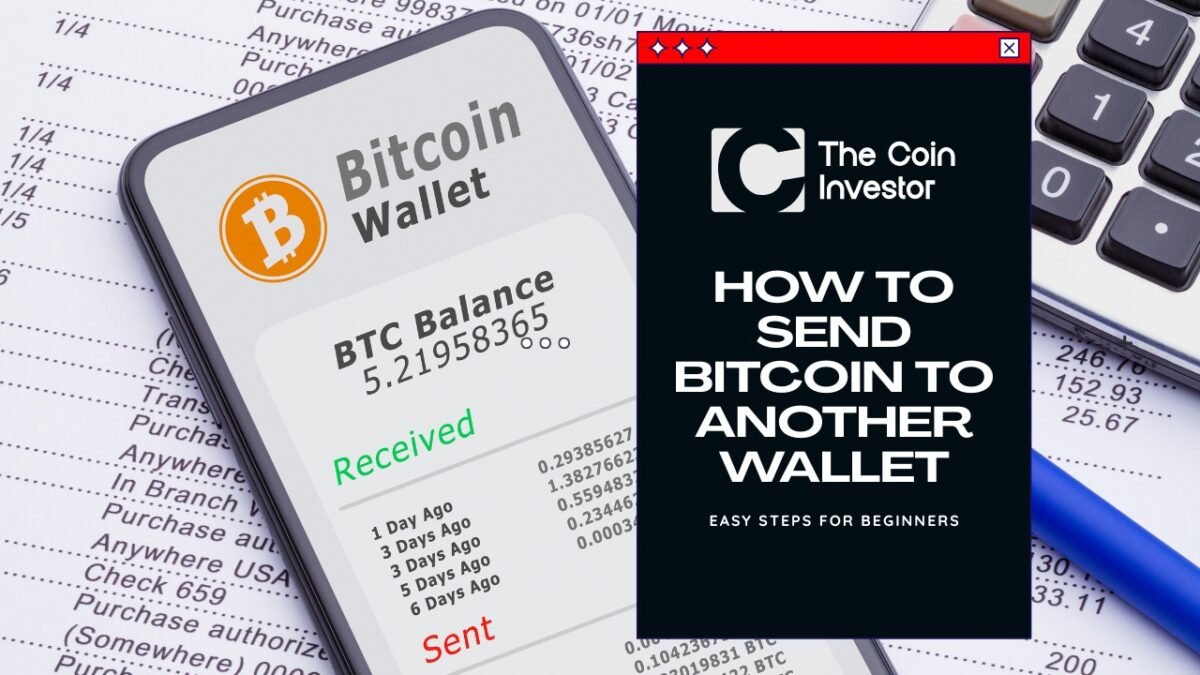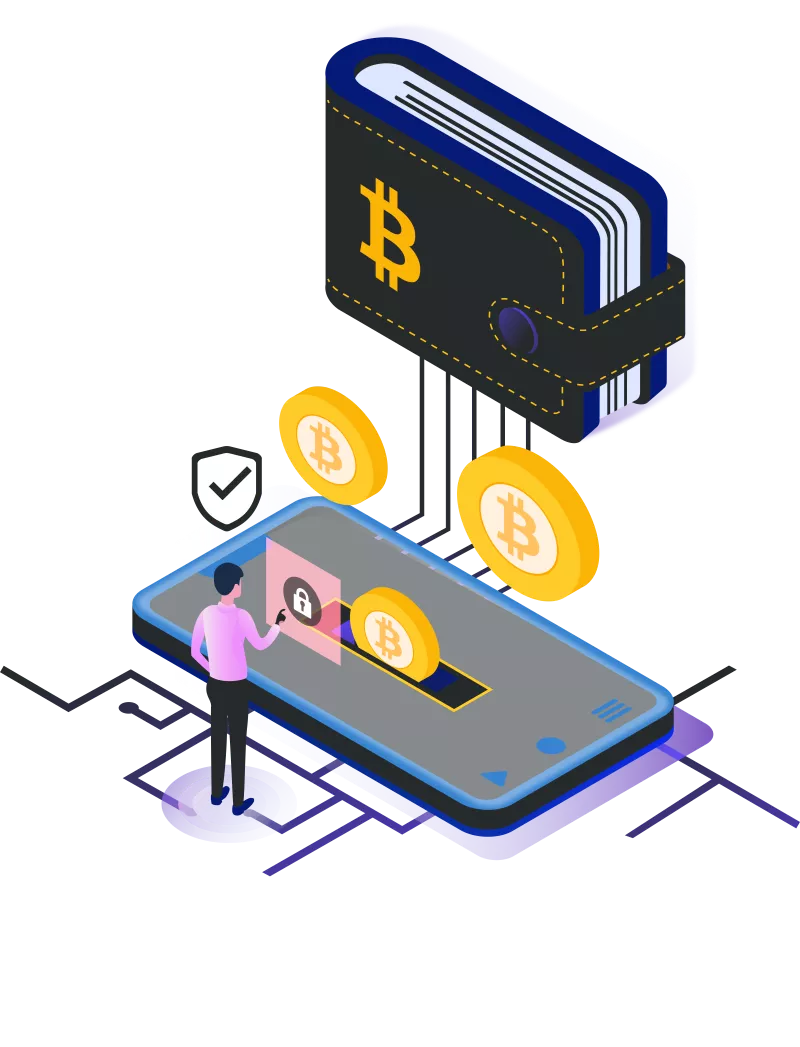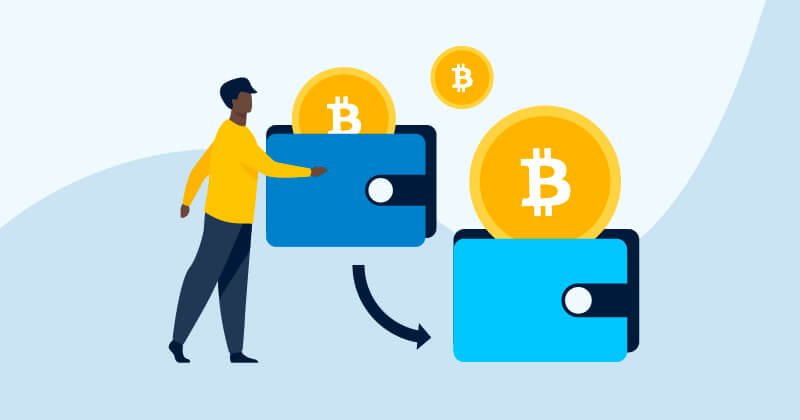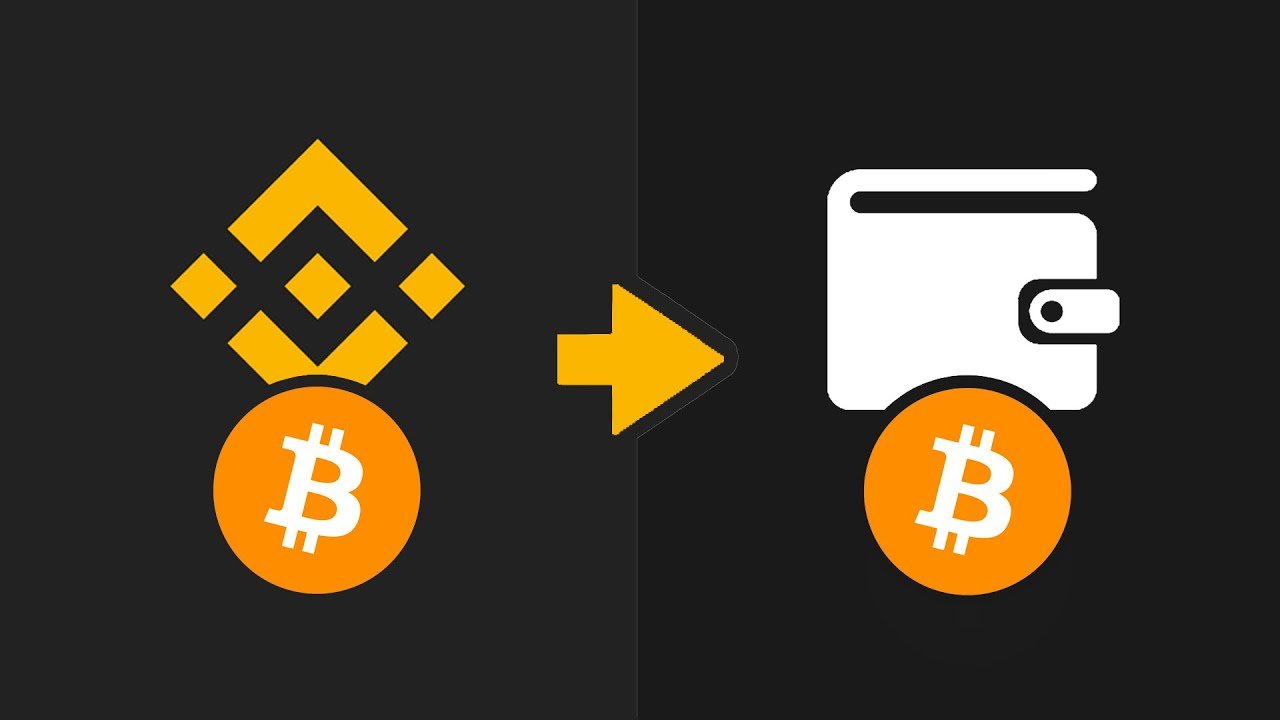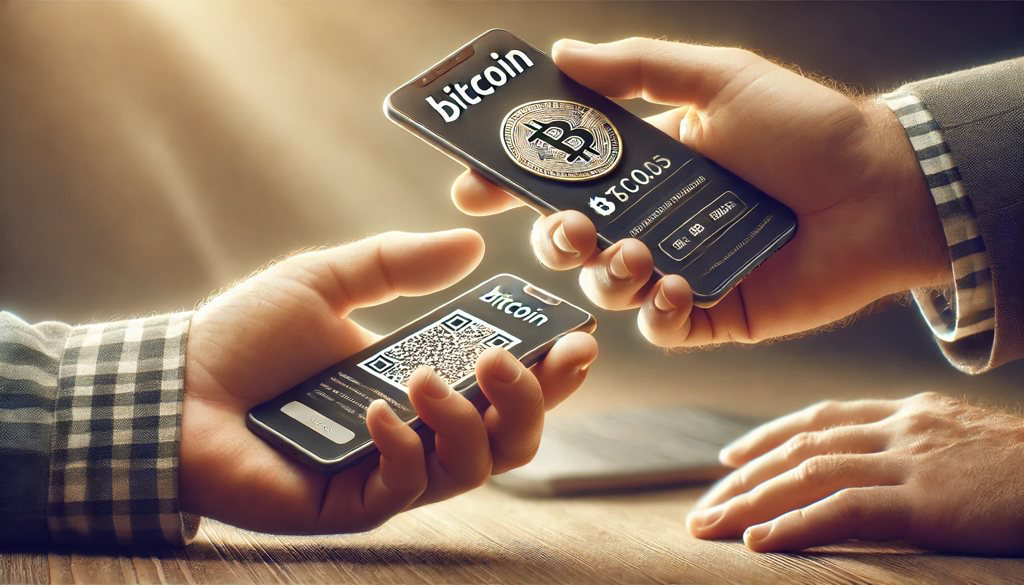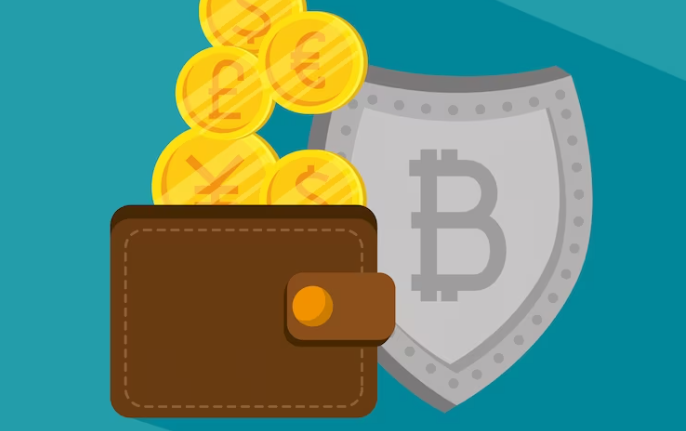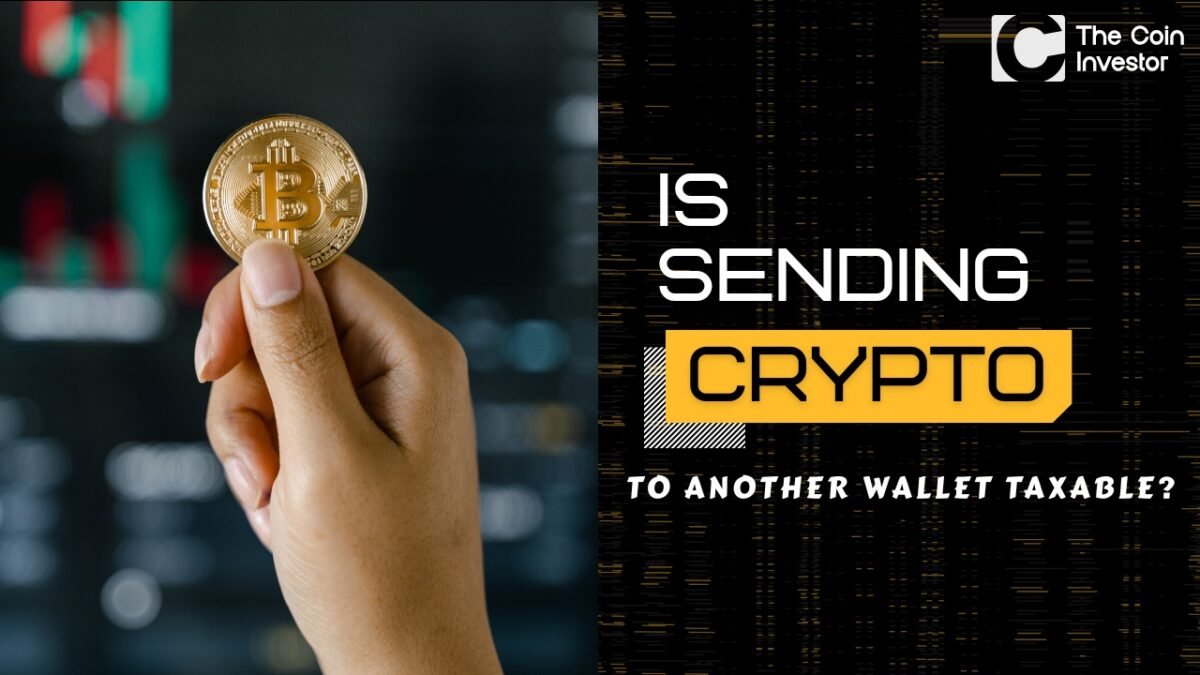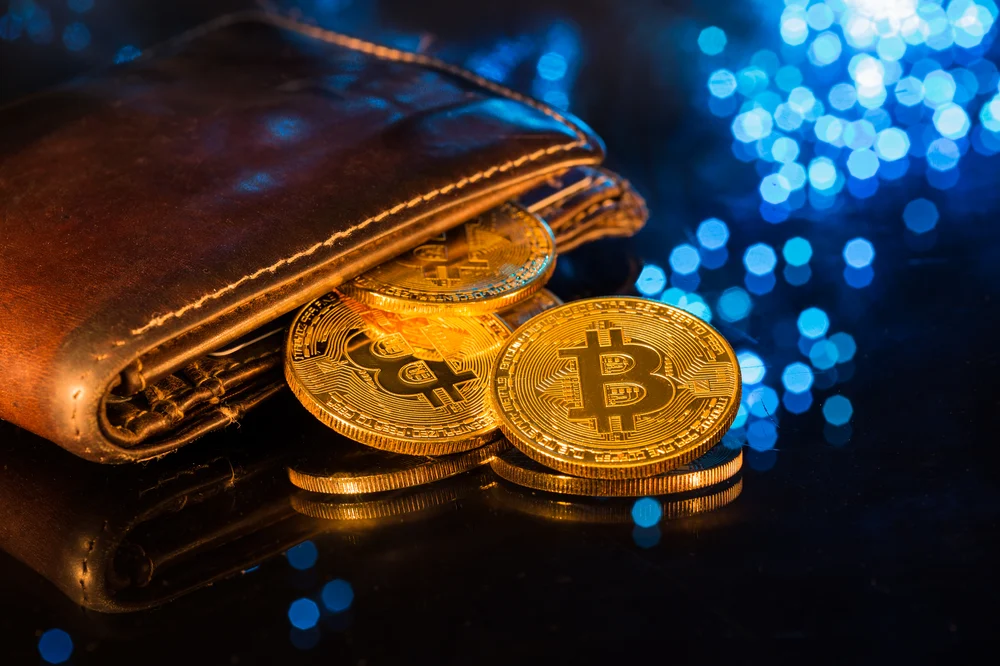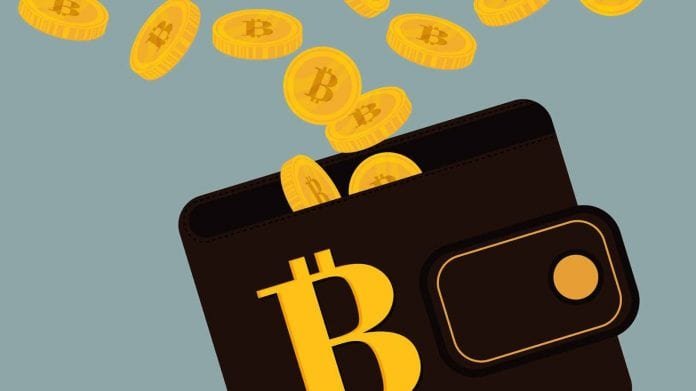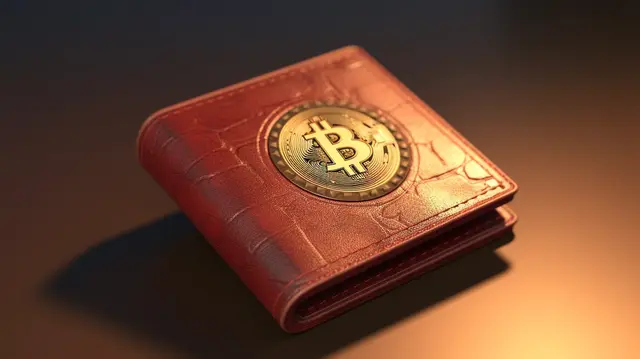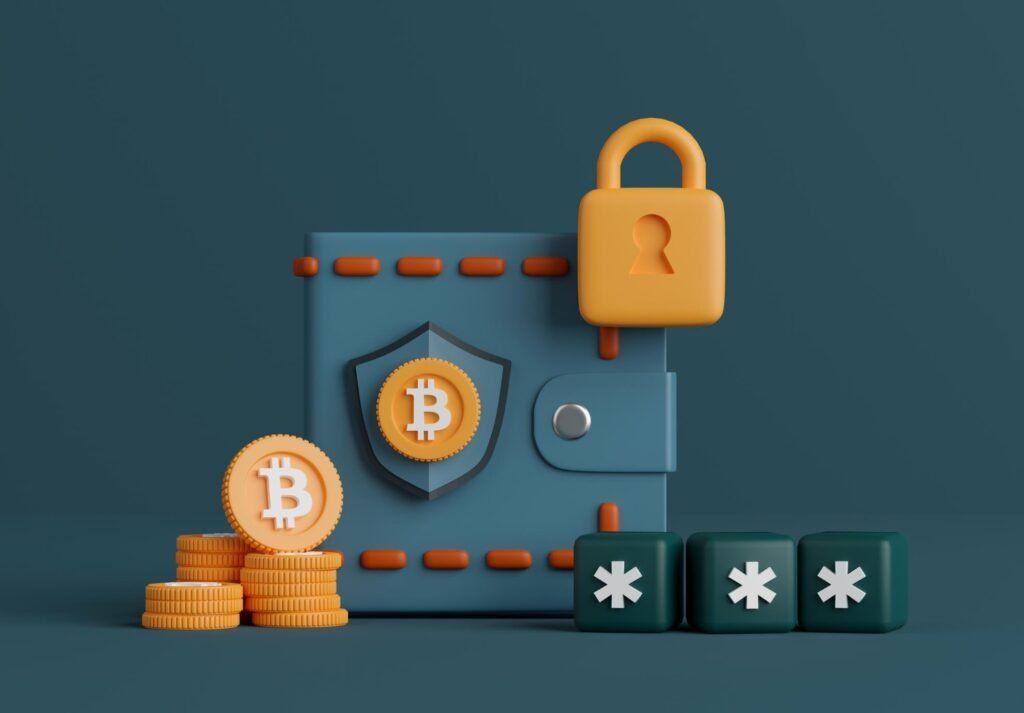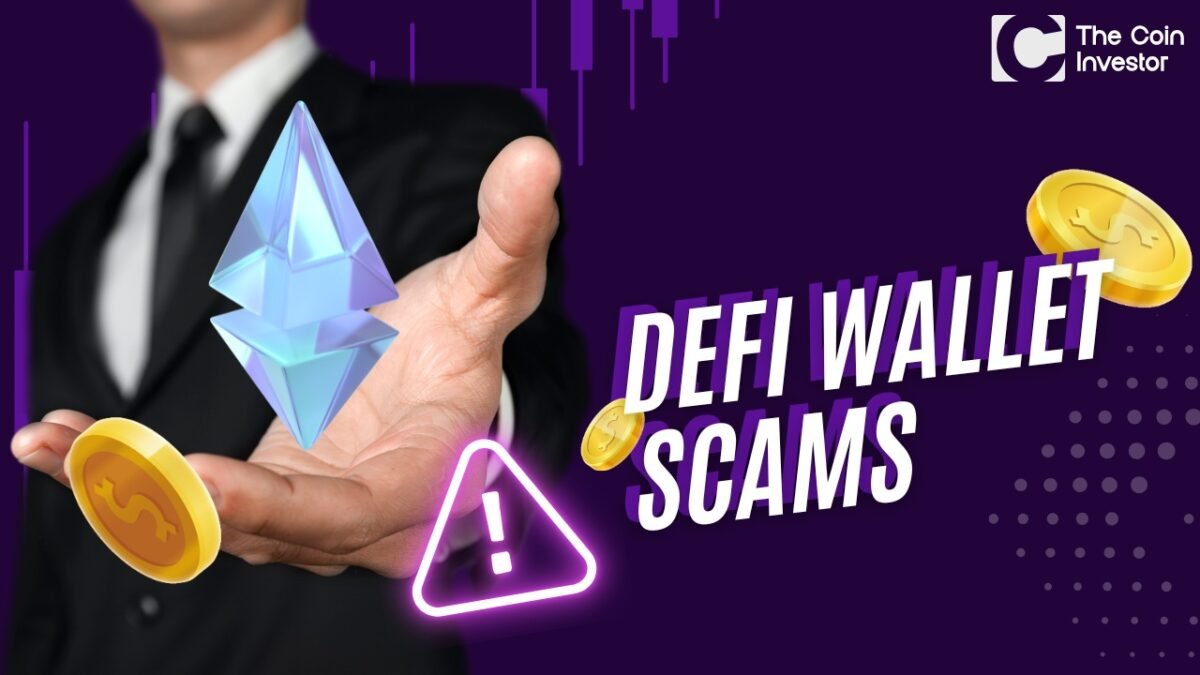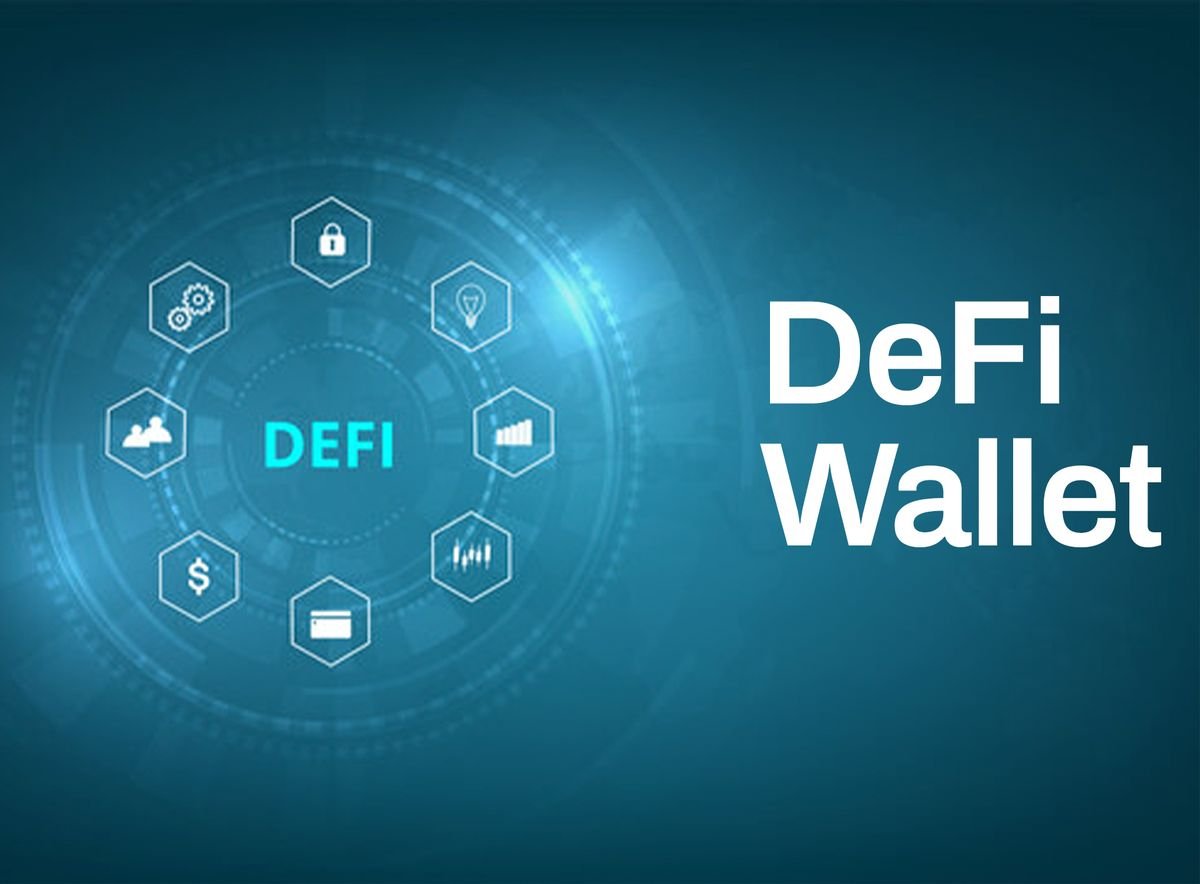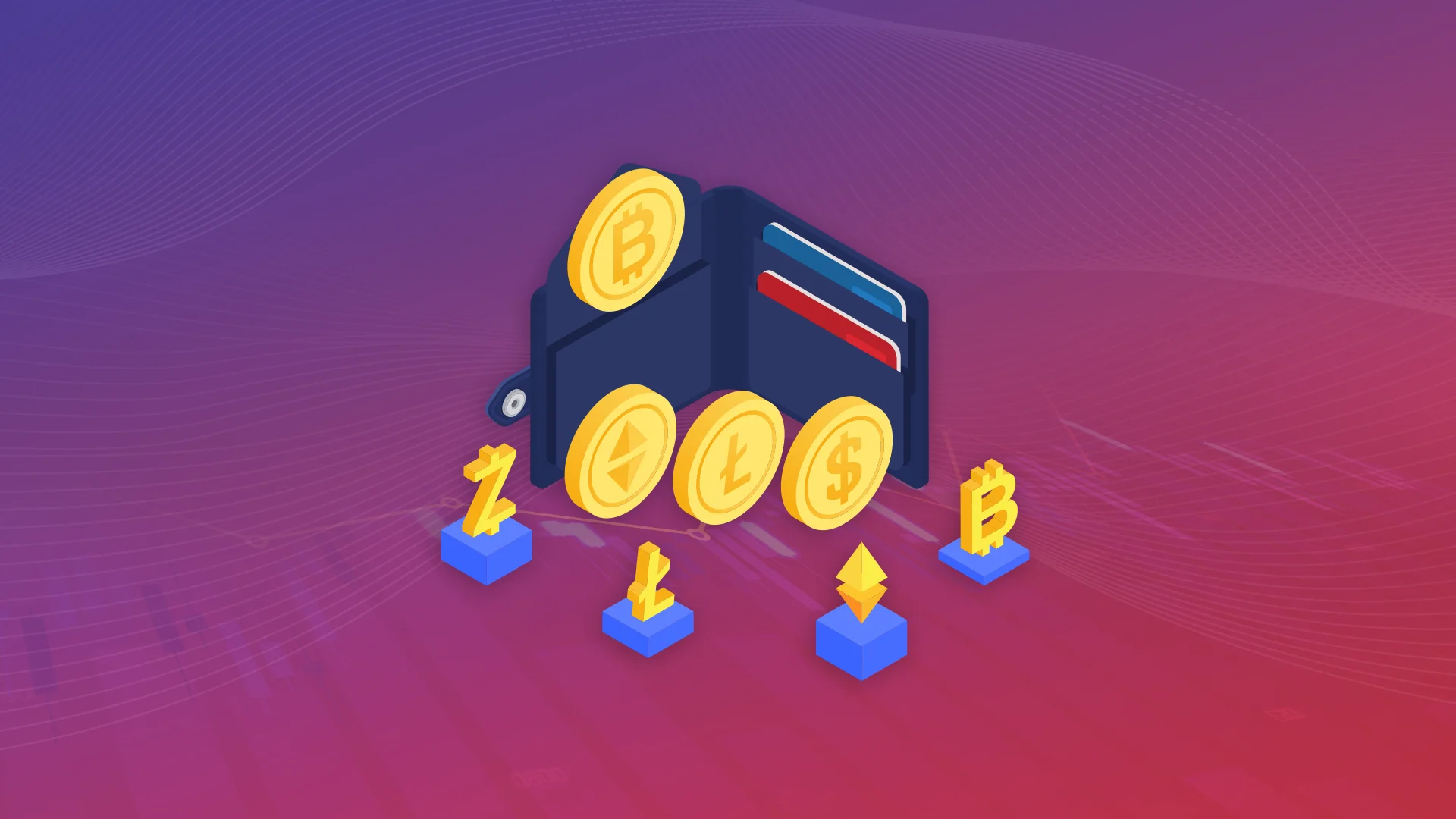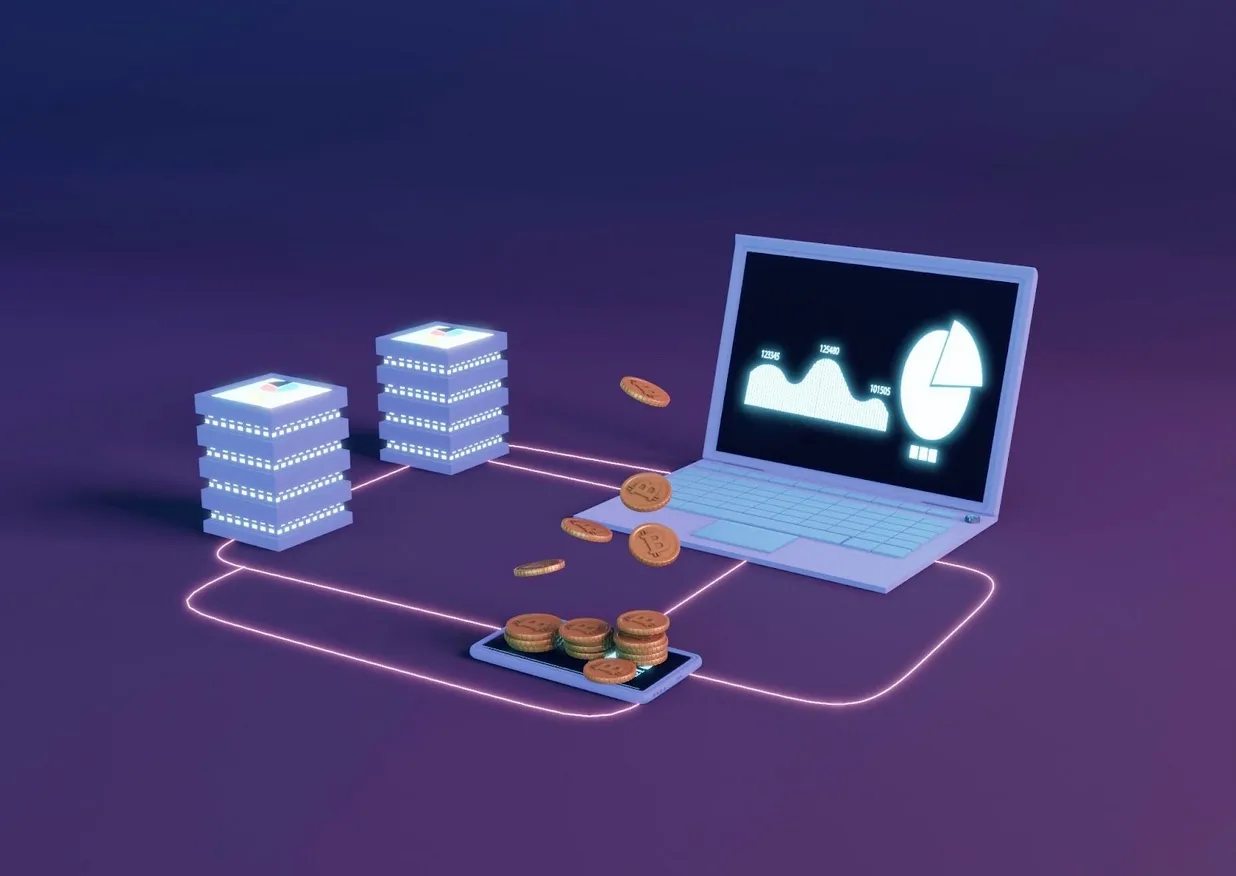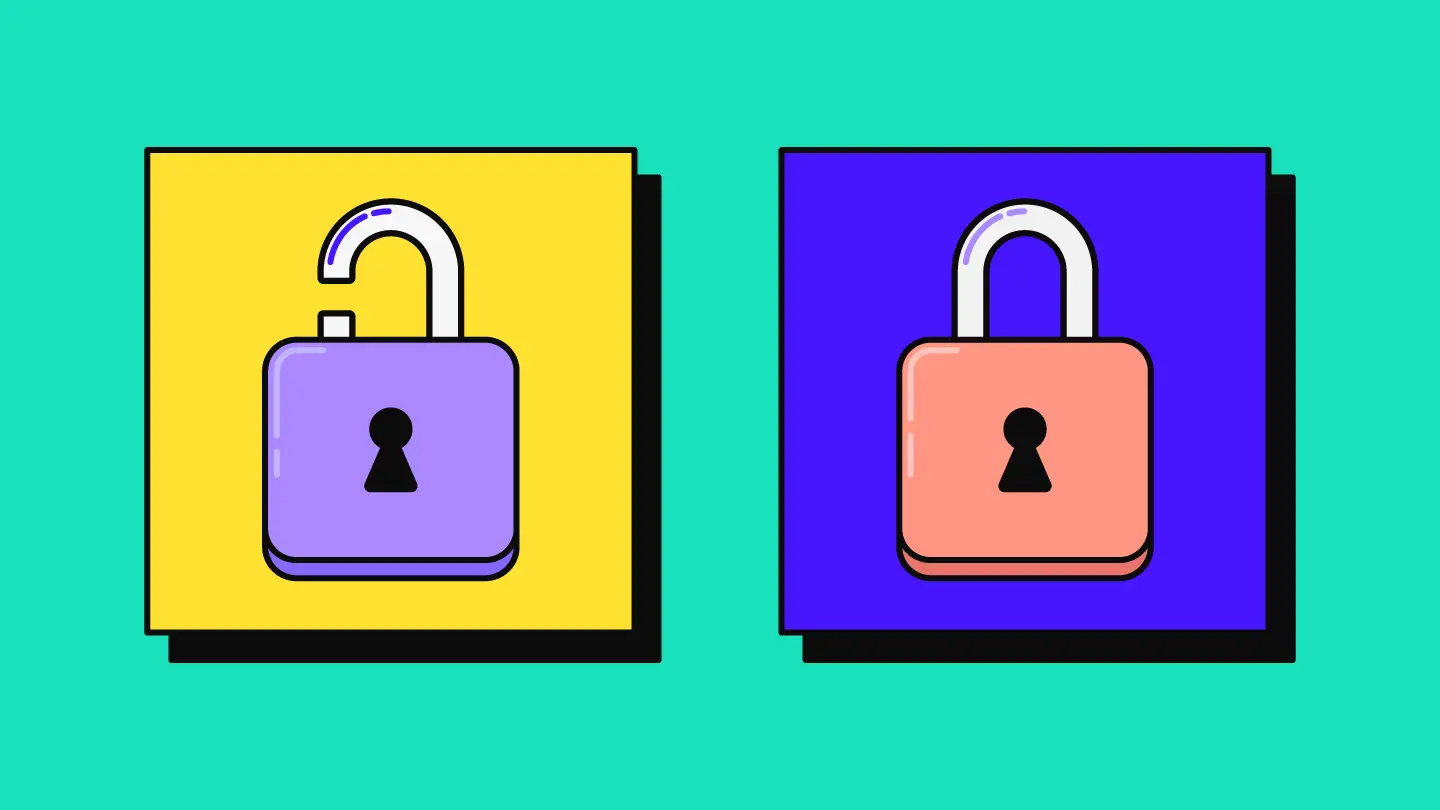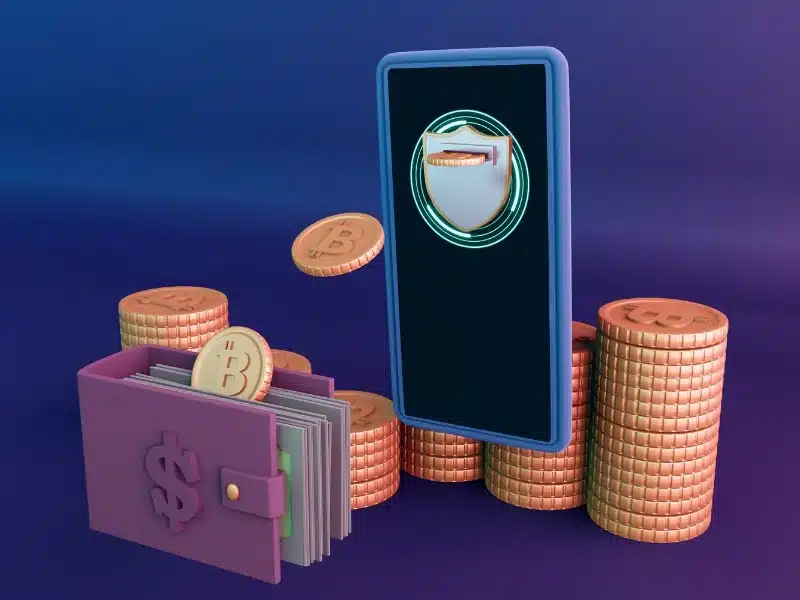Transferring crypto between wallets brings up key tax questions. Many people ask if moving coins or tokens means paying taxes.
The answer is based on who owns the wallet and how the transfer is done. This article explains the rules for crypto transfers.
It covers taxable events, cost basis, and fair market value. We will also give tips for tracking and reporting your transfers. We will discuss recent rule changes too. Plus, we will suggest useful tools.
This guide helps you manage crypto transfers while following tax laws.
Is Sending Crypto to Another Wallet Taxable?
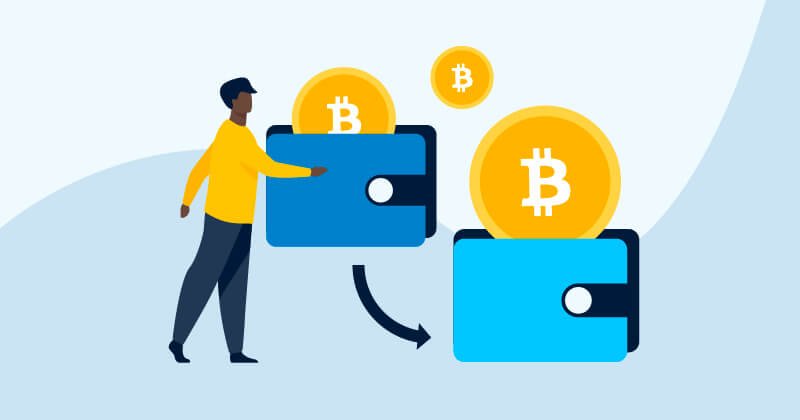
Transferring crypto is not automatically a taxable event. The tax treatment hinges on whether the transfer is purely an internal move of assets or a disposal in exchange for value.
Are Transfers Between Different Wallets Taxable?
If you move cryptocurrency between wallets or addresses that you personally control, the IRS says this is not a taxable event. For example, sending coins from your exchange account to your own hardware wallet does not trigger a capital gain or loss. No sale has occurred, so you do not recognize income. However, you should still keep records of the date and value of that transfer to preserve your cost basis and holding period. In other words:
- Same owner, different wallet: No tax. The asset’s cost basis and acquisition date simply carry over to the new wallet.
- Multiple wallets under your control: No disposal has happened. You’re just changing addresses.
Even if a custodial exchange sends you a Form 1099 reporting the transaction, you can note that the coins remained under your ownership. The transfer itself did not generate taxable income or a loss.
Impact of Wallet Ownership on Tax Obligations
The situation changes if the receiving wallet is not owned by you. Sending crypto to someone else effectively disposes of your asset. If that transfer was an outright gift (no payment in return), you have no immediate income tax liability on the transfer itself. The IRS considers gifts separate from sales, and they do not count as taxable income for the giver or receiver at the time of gifting. However, large gifts do have their own rules (see Gift Rules below).
If you exchanged crypto for cash, goods, or services when transferring to another person’s wallet, this is treated like a sale or exchange. In that case, you will realize a capital gain or loss equal to the difference between the coin’s fair market value (FMV) at the time of the transfer and your cost basis in the crypto.
For example, if you bought 1 ETH for $2,000 and later sent it to someone’s wallet in exchange for $3,000 worth of goods, you’d recognize a $1,000 gain, subject to capital gains tax. The tax rate depends on how long you held the ETH (short-term vs. long-term) and your income tax bracket.
Key points:
- Your wallet → Your wallet: Not taxable (no gain or loss).
- Your wallet → Someone else’s wallet: Taxable if it’s a sale/exchange. Capital gains tax applies on the gain (or losses).
- Your wallet → Gift to another person: No capital gains tax at transfer, but gift tax rules may apply if the gift exceeds annual limits.
Keeping clear records of who owned which wallet is crucial. Wallet ownership determines whether a transfer is a non-taxable movement of assets or a taxable disposal event.
How Crypto Is Taxed: Income Vs. Capital Gains

The IRS treats cryptocurrency as property, so general tax rules for property apply irs.gov. This means two main tax categories:
- Capital Gains Tax: If you sell, trade, or otherwise dispose of cryptocurrency (including paying for goods or swapping for another coin), any gain or loss is capital in nature. The gain is the sale’s proceeds (FMV) minus your cost basis. Short-term capital gains (on assets held ≤1 year) are taxed at your ordinary income tax rates, while long-term gains (>1 year) enjoy lower rates (0%, 15%, or 20%, depending on income).
- Income Tax: If you receive crypto as compensation, a reward, or mining/staking proceeds, that counts as taxable income at the time you receive it. For example, if you mine bitcoin, you must declare its fair market value as taxable income when credited to your wallet. If an employer pays you in crypto, you report the coin’s FMV as wages. This income is subject to normal income tax (and possibly payroll taxes).
Specific Tax Considerations For Crypto Transactions
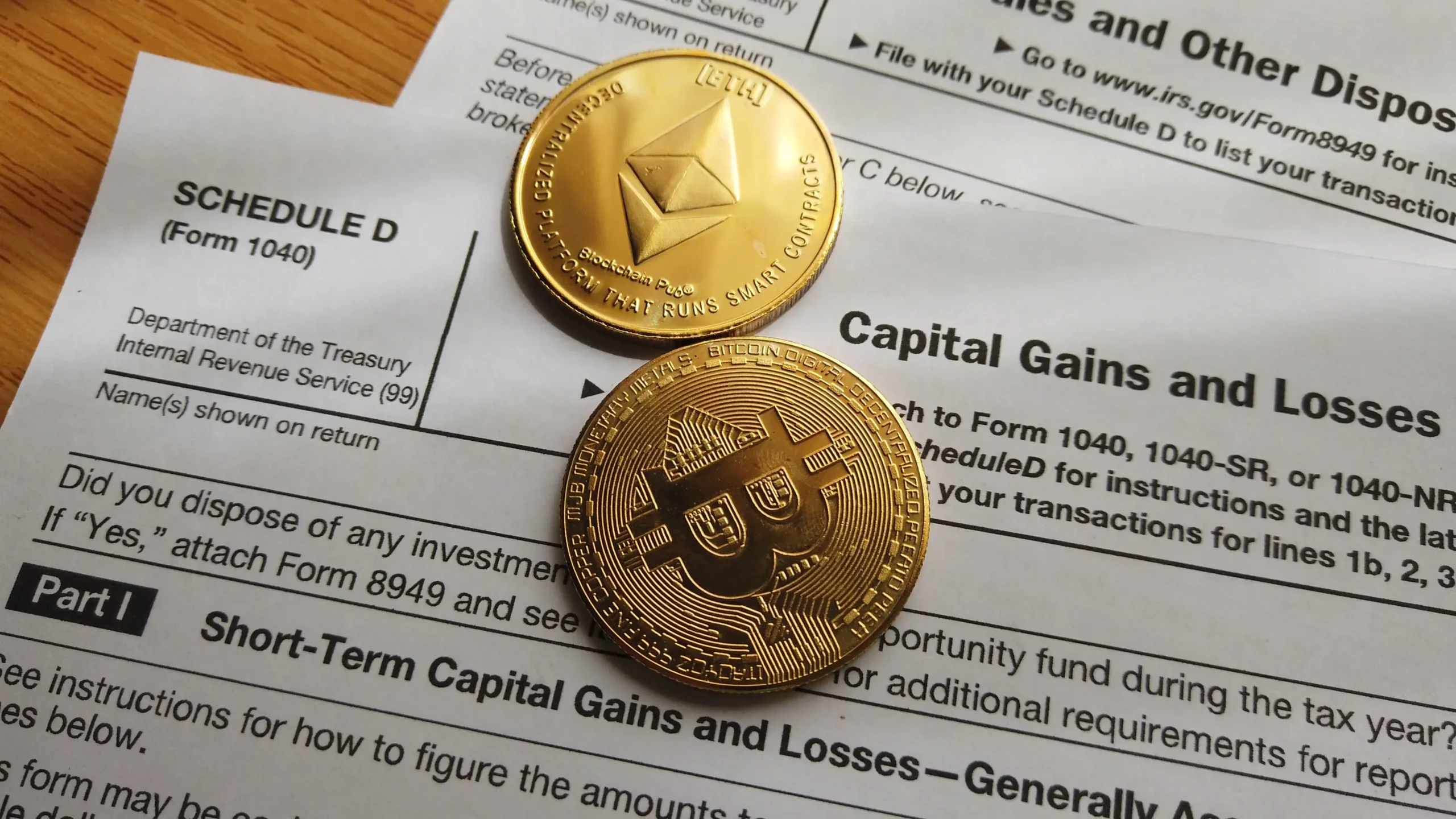
Beyond the basic rules, various special situations can affect crypto taxes:
- Using Crypto to Buy Goods or Services: Any purchase with cryptocurrency is a taxable event. You effectively sold the crypto at its market value. For example, buying a laptop with Bitcoin when BTC is $60,000 counts as selling $60,000 worth of Bitcoin. Report capital gains/losses as with any sale.
- Crypto Lending and Interest: Earning interest or lending fees in crypto (on DeFi or through platforms) is generally treated as ordinary income equal to the value of the crypto received. Keep records of the amounts and dates to track taxable income.
- Hard Forks and Airdrops: Receiving new crypto from a fork or airdrop is usually taxable upon receipt. The IRS advises taxpayers to report new coins at FMV when they receive them as ordinary income.
- Network and Transaction Fees: When you pay a fee (like Ethereum gas) to transfer crypto, you haven’t bought or sold by fiat, but the fee itself can affect your taxes. Fees are not extra taxable income. Instead, any fee you pay can be added to your cost basis of the transaction (or netted against proceeds). For example, if you bought 1 ETH for $2,000 and paid $50 in ETH as a fee, your cost basis becomes $2,050 for tax purposes.
- Wash Sale Rules: As of now, wash sale rules (which disallow losses on securities if repurchased within 30 days) do not officially apply to crypto gains/losses under IRS guidance. (Note: Legislation has been proposed to apply similar rules, but until enacted, crypto trades are not subject to wash sale restrictions.)
- Recordkeeping Demands: Every crypto transaction should be logged. Details like date/time, amount of crypto, FMV in USD, cost basis, and transaction type help you calculate gains/losses. Blockchains are transparent, so assume the IRS could verify transactions. Using spreadsheets or crypto tax tools (see below) is wise for accurate reports.
Understanding these nuances will help you avoid surprises. In all cases, the IRS expects precise reporting of any crypto gain, loss, or income. Misconceptions about crypto being “untraceable” or “untaxed” can lead to penalties.
Understanding Taxable Events in Cryptocurrency Transactions

A taxable event is any crypto activity that triggers a tax obligation. Key taxable events include:
- Selling Crypto for Fiat: Converting crypto to USD (or any fiat) creates a capital gain or loss equal to the difference between the sale price and cost basis.
- Trading Crypto for Crypto: Exchanging one digital asset for another (e.g. BTC for ETH) is a taxable event. You must treat it as if you sold the first crypto for its USD value and then bought the second crypto. The difference between FMV of what you gave and your basis yields a gain/loss.
- Spending Crypto on Goods/Services: Using crypto to pay someone is like selling it at FMV. This triggers capital gains/losses on the cryptocurrency used.
- Mining/Staking Rewards: Earning new crypto by mining or staking is a taxable event. The IRS treats the coins’ FMV at the time you receive them as ordinary income.
- Airdrops and Forks: Receiving crypto from an airdrop or fork (when a blockchain splits) is generally taxable as income at FMV at distribution.
- Receiving Crypto as Payment: If you work as a contractor or employee and get paid in crypto, it’s taxable income on the date received, based on the coin’s market value.
- Other Dispositions: Any other disposition (like gifting or barter) can have tax consequences. (Gifts themselves aren’t income, but see Gift rules below.)
In short, whenever crypto changes hands outside simple storage transfers, or new coins appear in your account, there’s usually something to report. It’s best to assume that anything other than a movement between your own accounts is a taxable event.
Types of Taxable Events in Crypto
Tax events in cryptocurrency can change your tax bill a lot. Common events are crypto sales. Here, gains or losses depend on the market value when you sell. Converting one digital coin to another also causes tax effects. Staking rewards and mining give taxable income too. It is very important to report these events correctly. This helps follow IRS rules and manage your taxes well.
Common Misconceptions about Crypto and Taxes
- Misconception: “Moving crypto to my own wallet is a taxable sale.” Fact: No, self-to-self transfers are not taxable. They just move your holdings.
- Misconception: “Crypto-to-crypto trades aren’t taxed because no cash is involved.” Fact: Actually they are taxable. Converting one coin to another triggers capital gains or losses based on their US dollar values.
- Misconception: “I only have to report crypto when I cash out to dollars.” Fact: You must report any disposal of crypto, not just cash-outs. Buying goods or swapping tokens count.
- Misconception: “If I send a small amount (like under $600), the IRS doesn’t care.” Fact: There is no de minimis exemption for capital gains. All gains or losses, however small, must be reported. (Some forms like 1099-K have thresholds, but you must still report any taxable event on your tax return.)
- Misconception: “Gifting crypto is invisible to the IRS.” Fact: Gifting crypto isn’t taxable to the recipient as income, but large gifts may need reporting and count toward lifetime exemptions.
- Misconception: “I can ignore crypto income if it’s just rewards or freebies.” Fact: Mining, staking, forks, and airdrops are reportable as income. Ignoring them can trigger penalties.
Dispelling these myths helps ensure you don’t accidentally skip reporting or misunderstand your obligations. Always treat crypto with the same seriousness as traditional investments in terms of tax compliance.
Calculating Taxes for Cryptocurrency Transfers
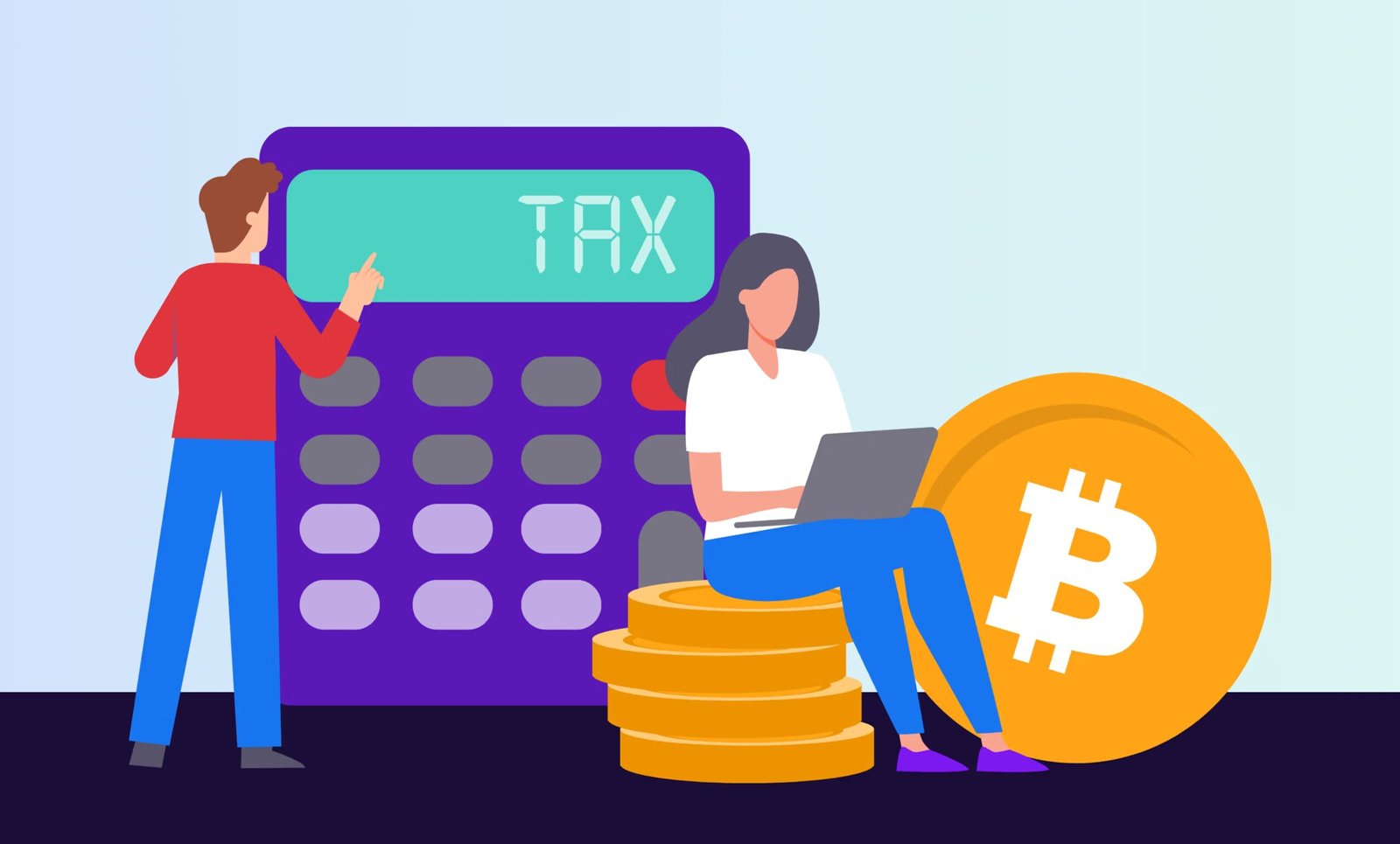
To report crypto taxes accurately, you need two pieces of information for each transaction: the cost basis of the crypto you spent and the cryptocurrency’s fair market value in USD at the time of the transaction.
Determining the Cost Basis for Crypto
Your cost basis is basically what you paid to acquire a crypto asset, including any fees. For example, if you bought 1 BTC for $10,000 and paid a $50 exchange fee, your cost basis is $10,050. If you later sell or spend that BTC, you’ll use $10,050 as the “purchase price” to calculate gain or loss.
Here are some complexities to watch:
- Multiple Purchases: If you bought the same coin at different times and prices, you need a method to assign cost basis when part of it is sold or spent. Common methods include First-In-First-Out (FIFO), Last-In-First-Out (LIFO), or Highest-In-First-Out (HIFO). IRS doesn’t mandate one method for crypto, but once chosen it should be used consistently.
- Fees and Fees: Any fees (exchange fees, network/gas fees, etc.) paid when acquiring crypto can be added to your cost basis. This reduces your taxable gain later. Conversely, fees when selling can reduce the proceeds.
- Gifts and Inheritance: If you received crypto as a gift, your cost basis is generally the same as the donor’s basis (“carryover basis”). If you inherited crypto, your basis typically steps up to the fair market value on the date of the decedent’s death.
- Airdrops/Forks: New coins you receive from forks or airdrops get a basis equal to their FMV at the time you took possession. That becomes the starting value for future gains.
Example:
In 2022, you purchased 2 ETH: 1 ETH for $1,500 in January and 1 ETH for $2,000 in June. In December, you send 1 ETH to a friend when its value is $2,500. Using FIFO, you consider the January-bought ETH (basis $1,500) as given away, resulting in a $1,000 gain ($2,500 FMV – $1,500 basis). Your remaining 1 ETH has a basis of $2,000 from June. Software can simplify tracking these calculations, especially with multiple trades.
Short-Term vs. Long-Term Capital Gains Tax Rates
The holding period of your crypto determines the tax rate on any gain:
- Short-Term: Crypto held for 365 days or less is taxed at your ordinary income tax rate. For most people, this ranges from 10% up to 37% federally (as of 2023/2024 brackets). In other words, short-term crypto gains are simply added to your taxable income.
- Long-Term: Crypto held for more than 365 days qualifies for long-term capital gains rates, which are significantly lower. Typically, 0%, 15%, or 20% apply, depending on your income. For 2023 returns, for example, a single filer’s long-term gain is taxed at 0% if total income is below around $44,625, at 15% up to about $517,200, and 20% above that. There may also be the 3.8% Net Investment Income Tax for high earners.
Data point: According to IRS tax brackets, if you’re a moderate-income single filer, most long-term crypto gains fall in the 15% bracket (after $44K), whereas short-term gains would be taxed at your marginal income rate (say 22% if your income is in that range). Holding a crypto asset longer than a year can therefore save you significant taxes on profits.
Key takeaway: Whenever possible, plan crypto sales for the long-term horizon. If you held the asset just 11 months, consider whether waiting a month to cross into the long-term bracket is beneficial. Of course, investment risks also matter, but taxes can affect your net returns.
Exemptions and Special Cases in Crypto Transfers
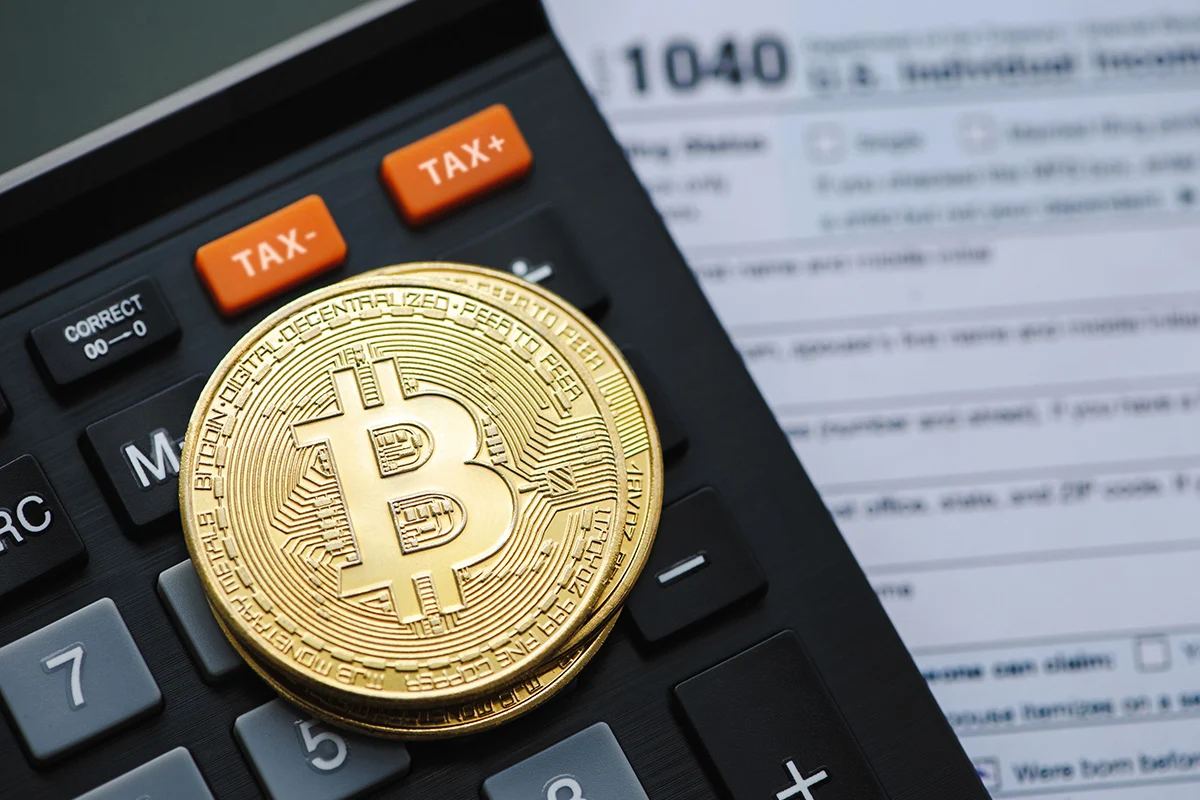
Some rules can change tax duties for crypto transfers.
Transfers between your own wallets usually do not incur taxes. This is because they do not involve selling assets.
Also, if you give cryptocurrency to friends or family, it may be seen as a gift. These gifts are often tax-free if they stay under certain limits. It is very important to keep good records of all transactions.
This helps you comply with the law during tax time. You need to document and report every unique transfer situation.
Doing this can help reduce your tax bills.
Transfers Between Own Wallets: Are They Taxable?
Transferring crypto between your own wallets is not taxed. For instance, if you move coins from an exchange wallet to a private wallet, it is not taxable. This also applies when moving between personal accounts. It does not create any gain or loss that needs to be reported. Your cost and date of purchase stay with the asset.
Even if an exchange shows a “sell” and “buy,” your ownership does not change for tax reasons. The IRS FAQ states that transfers from you to yourself do not create taxable income. Still, keep records of these transfers. This will help prove that no sale happened to someone else.
Gift and Donation Rules in Cryptocurrency
Gifting crypto is not considered a sale, so you won’t owe capital gains tax at that time. However, large gifts may trigger gift tax reporting requirements. In the U.S., you can gift up to $17,000 per recipient per year (2023 limit; $18,000 in 2024) without filing a gift tax return.
Gifts above this amount require IRS Form 709. For instance, donating $10,000 worth of ETH to a friend requires no filing, but donating $20,000 does. Gift tax is rarely due immediately; excess amounts count against the giver’s lifetime exemption (over $12 million as of 2025).
The recipient does not recognize income upon receiving a crypto gift but assumes the giver’s cost basis for future tax calculations. If they sell it later, they may owe capital gains tax on the appreciated value.
Donating cryptocurrency to a qualified charity can provide tax benefits. If you donate crypto held for over a year, you can typically deduct its fair market value as a charitable contribution, subject to AGI limits (usually 30% of income for appreciated property).
Since you’re donating the asset directly, you avoid the capital gains tax that would apply if you’d sold the crypto. Thus, direct crypto donations provide both a deduction and bypass taxable sales. Donations of short-term assets are generally limited to the donor’s cost basis.
Always obtain a proper receipt and valuation for crypto donations; an independent appraisal may be necessary for larger amounts. Strategic gifting within annual limits avoids current taxes on transfers, while direct donations help mitigate capital gains tax and support worthy causes.
Important Changes to Crypto Tax Rules
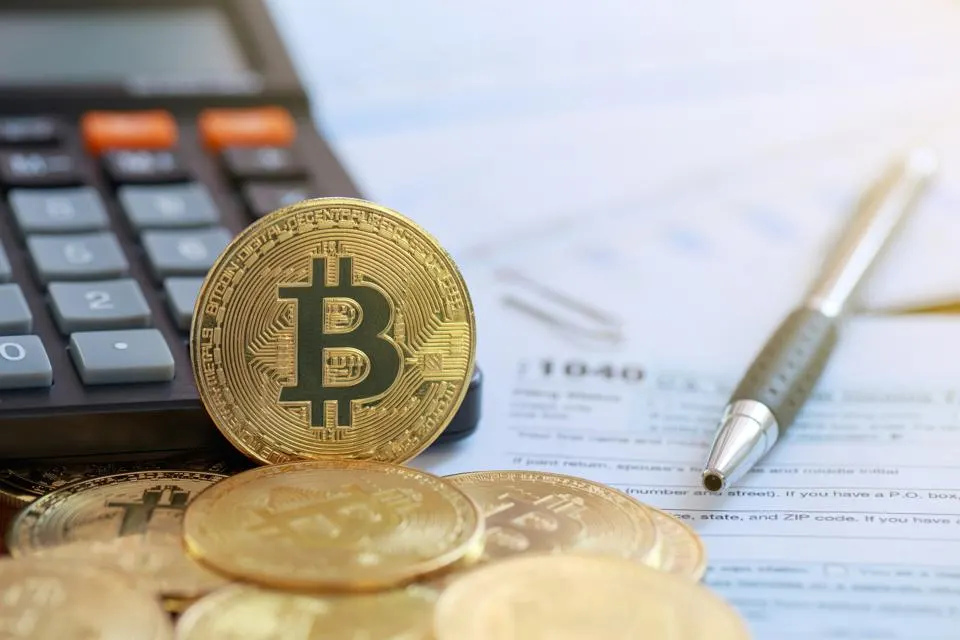
Cryptocurrency tax rules evolve rapidly. Here are some recent and upcoming changes to keep in mind:
- Digital Asset Question on Tax Returns: Starting in 2020, and continuing into 2025, the IRS has required a checkbox on Form 1040 asking whether you received, sold, exchanged, or transferred any digital asset during the tax year. This means every taxpayer must state “Yes” or “No” to crypto activity. Reporting this forces many people to confront their crypto taxes; answering “Yes” obligates you to file the appropriate details.
- Expanded Reporting Requirements (Form 1099-DA): The 2021 Infrastructure Act mandated that brokers (like exchanges and custodial wallets) report customers’ crypto sales and exchanges. In June 2024, the IRS issued final regulations requiring such reporting starting in 2025, using a new Form 1099-DA. This means exchanges that hold your assets will send a 1099 detailing your trades and cost basis to both you and the IRS. (As of this writing, enforcement of these rules is scheduled to begin in 2026 for 2025 transactions.) This change will make it easier for the IRS to match your return to your actual trades.
- Repeal of DeFi Reporting Rules: In April 2025, Congress nullified IRS regulations that would have forced decentralized finance (DeFi) platforms to collect KYC information and report transactions. Purely decentralized protocols (no on/off ramp) will not issue 1099 forms. However, centralized exchanges and custodial services will still report crypto activity. This means if you use a decentralized exchange or wallet, there may be no formal 1099s issued, but you are still responsible for self-reporting gains and income.
- Gift Tax Annual Exclusion Increase: The federal annual gift tax exclusion rises with inflation. It was $17,000 in 2023 and increased to $18,000 in 2024 per recipient. Stay updated on these thresholds, as they affect whether you need to file a gift tax return.
- Wash Sale Legislation (Proposed): While wash sales aren’t currently applied to crypto, lawmakers have proposed changes that could subject crypto trades to wash sale-like rules (disallowing losses on similar assets within 30 days). Keep an eye on bills like the Crypto Tax Fairness Act for any wash sale exclusions or new rules.
Overall, the trend is increased transparency: more reporting by exchanges and questions on forms. Staying aware of these changes is part of managing your tax obligations.
Recommended Software For Tracking Crypto Transactions
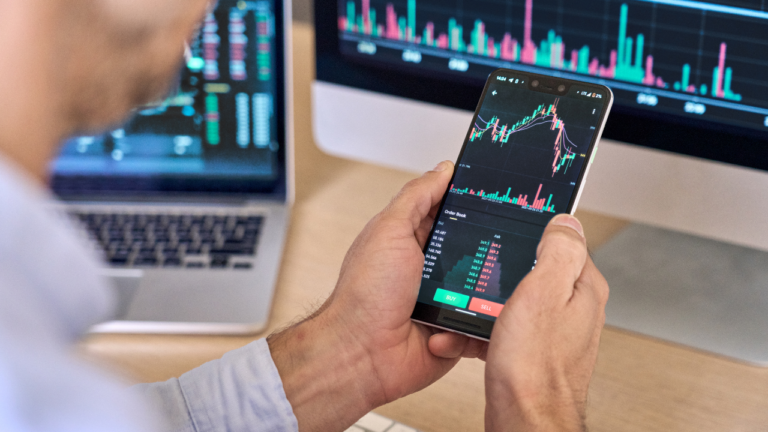
Accurate record-keeping is vital. Crypto tax software can save hours and reduce errors. These tools automatically import transactions, compute gains/losses, and help generate tax forms.
Some popular options include:
- CoinTracker: Integrates with exchanges and wallets. Tracks cost basis and generates IRS forms. Suitable for casual and advanced users.
- Koinly: Offers multi-currency support, imports data from many sources. Provides capital gains reports and income worksheets.
- TokenTax (formerly CryptoTrader.Tax): A comprehensive platform that works with many exchanges. Good for complex transactions and tax filing.
- ZenLedger: Designed for high-volume traders. Supports DeFi and NFT transactions, and produces IRS forms.
- CoinLedger (CoinTracker): Simplifies crypto tax calculation and reporting, often mentioned as user-friendly.
Why use these tools? They minimize errors and are data-driven, especially when managing dozens or hundreds of trades. These software solutions track your cost basis, apply accounting methods (FIFO, LIFO, etc.), and generate formatted reports for Forms 8949 and Schedule D. They also accommodate staking rewards, airdrops, and mining income. Most include features for IRS audit defense by providing detailed transaction logs. Many offer a free tier for low volumes, with pricing plans for higher activity. By using crypto tax software, you ensure compliance and save time. The Coin Investor recommends integrating these tools into your workflow if you actively trade or transfer coins between wallets.
Legal Considerations and Compliance
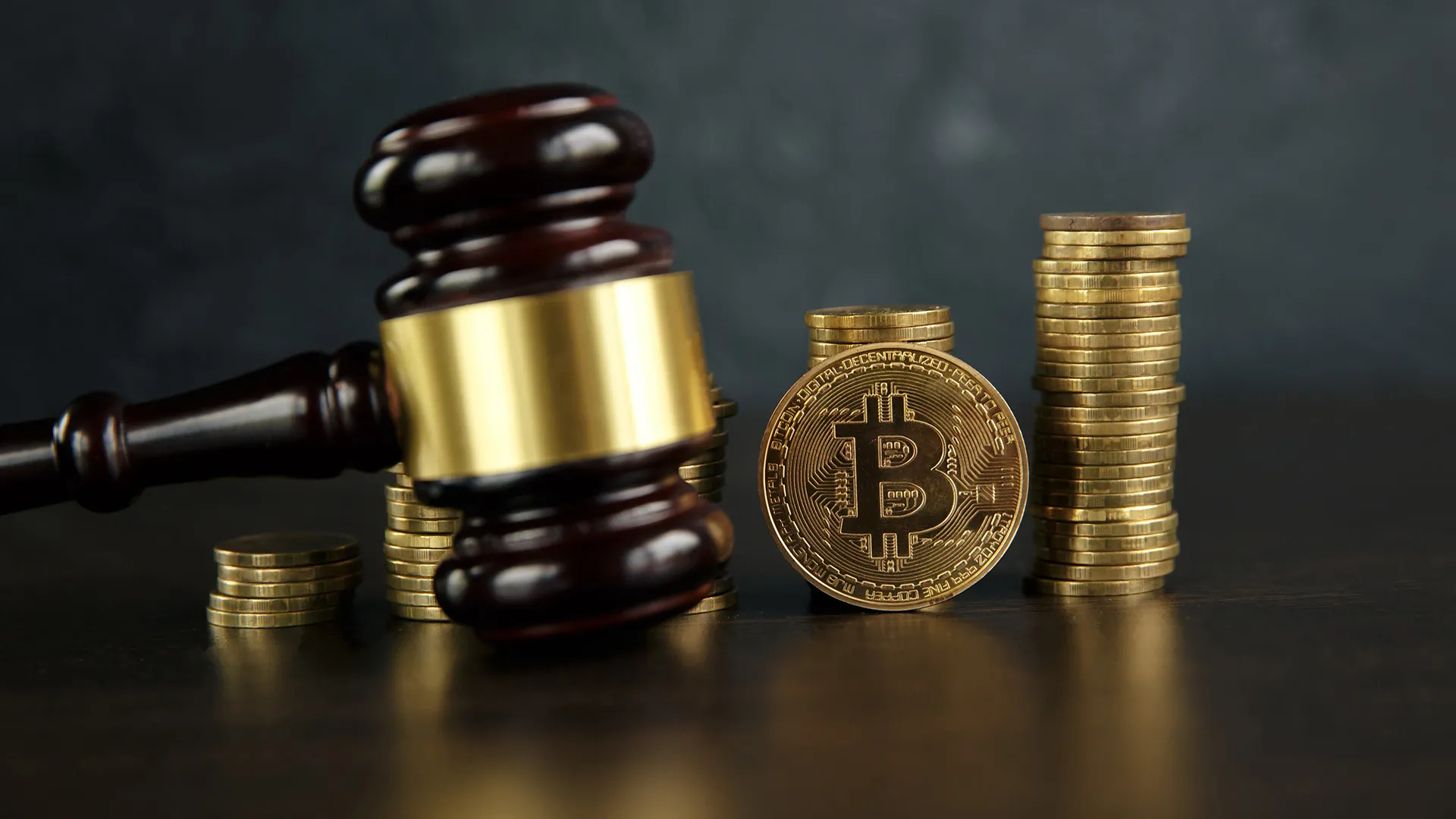
Tax laws around crypto are enforced like any other. Here are key compliance points:
Penalties For Non-Compliance With Crypto Tax Laws
Failing to report crypto income and gains can lead to penalties. The IRS can assess:
- Accuracy penalties: If you underreport tax, there’s typically a 20% penalty on the underpayment for negligence.
- Failure-to-file/failure-to-pay penalties: If you don’t file a required return or pay taxes owed, penalties and interest accrue (usually starting at 5% of the unpaid tax per month, up to 25%).
- Civil fraud penalties: In cases of fraud or willful omission, penalties can be much higher (up to 75% of the underpayment).
- Interest charges: The IRS charges interest on any late taxes or penalties.
The IRS has signaled that crypto is a high-enforcement area. They have a large compliance initiative focused on digital assets. Notably, ignoring the digital asset question or incorrectly checking “No” can trigger audits.
In short, not reporting crypto transactions will likely cost far more than the taxes owed, once penalties and interest are added.
Worst case scenarios (intentional evasion) can even involve criminal charges, though those are rare. Generally, tax agencies offer first-time programs for voluntary disclosures.
If you realize you’ve made a mistake, it’s best to correct it (e.g., amend returns, file disclosures) promptly, rather than hope it goes unnoticed.
Conclusion
Managing crypto taxes needs good record-keeping.
It also needs an understanding of taxable actions. Moving coins between your wallets is not taxed.
However, selling, trading, or giving away coins can lead to tax reports.
The ideas of cost basis and fair market value show your gain or loss when you sell cryptocurrency.
It is important to know what counts as taxable income. This includes things like mining rewards and capital actions for tax calculations.
Use crypto tax software or careful spreadsheets to track all your actions. Stay informed on changing rules, like new IRS reporting needs. If you are unsure, talk to a tax expert for help that can save you money and worry.
With the right tools and knowledge, you can handle your crypto taxes well without surprises from the IRS, just like with regular investments.
FAQ’s:
Is Transferring Crypto to a Friend Or Family Member Taxable?
Gifting crypto (without payment) doesn’t incur capital gains tax for the sender, nor is it taxable income for the recipient.
However, gifts over $17,000 per person in 2023 ($18,000 in 2024) must be reported on IRS Form 709.
The sender only faces gift tax if they exceed annual or lifetime limits. The recipient inherits the sender’s cost basis.
If you sell or trade crypto to a friend for money or assets, it’s a taxable event; report any gain or loss based on fair market value.
How Do I Report A Crypto-to-Crypto Transaction?
Exchanging one cryptocurrency for another (e.g., trading ETH for BTC) is considered a sale of the first asset at its USD value, followed by a purchase of the second asset at that same value.
You must report a capital gain or loss on the first crypto based on its market value at the time compared to your cost basis.
Most crypto tax software automates this process.
On your tax return, list it on Form 8949 as a sale of the first cryptocurrency for cash (using its USD value) and report the purchase of the second crypto, which sets your basis in the new coin.
Each crypto-for-crypto trade results in a taxable sale.
Can Wallet Providers Report My Transactions to the IRS?
Custodial wallet providers and exchanges, like Coinbase or Binance US, must report transactions using forms such as 1099-K or the new 1099-DA. They will send you a tax form and report it to the IRS.
In contrast, non-custodial wallets (e.g., MetaMask or paper wallets) do not issue IRS forms because they don’t hold your coins.
However, you are still responsible for reporting your crypto gains or income on your tax return, even if no form is provided.
What is the Threshold Amount That Triggers A Taxable Event?
There is no minimum threshold for taxable crypto events—any sale or exchange can result in a gain or loss that must be reported.
Unlike some forms with dollar thresholds, the IRS mandates reporting all capital gains on your tax return.
Separate thresholds apply for certain forms, such as gifts over $18,000/year requiring a gift tax return.
Additionally, third-party payment platforms may issue 1099-Ks for crypto received over $600, but this does not affect your obligation to report smaller gains.
In summary, even a $50 gain from selling or trading crypto is taxable.
Are Wallet-To-Wallet Transfer Fees Taxable?
Network or transaction fees (typically paid in cryptocurrency) are not taxed as separate income. Instead, IRS guidance allows you to include these fees into your cost basis.
For example, when purchasing crypto, add the fee to your cost basis.
If you incur a fee while selling or sending coins, it reduces your proceeds, thereby lowering your gain or increasing your loss. You don’t owe tax on the fee itself; it merely adjusts your transaction gains.
